Ancient Cities That Feel Like Time Capsules You Can Explore Today
12 Mar 2025History is not just written in books, it’s etched into stone, whispered through ruins, and painted in the landscapes of ancient cities. Across the world, time has left behind extraordinary remnants of lost civilizations. These ancient cities, once thriving hubs of innovation, culture, and power, now stand as gateways to the past, offering glimpses into the lives and legacies of those who came before us. Forget dusty museum exhibits–these are living, breathing chapters of human history, where you can walk the same paths as pharaohs, philosophers, and emperors. So, in this journey, we’ll unravel the secrets of some of the world’s most awe-inspiring ancient cities you can still visit today.
Petra, Jordan
Hidden deep within Jordan’s rugged desert canyons, Petra is a mesmerizing relic of the ancient Nabataean civilization. Carved directly into rose-colored sandstone cliffs, its architectural wonders rise like a mirage from the dust of history. The Treasury, Petra’s most famous monument, remains an enigma—was it a tomb, a temple, or something more?
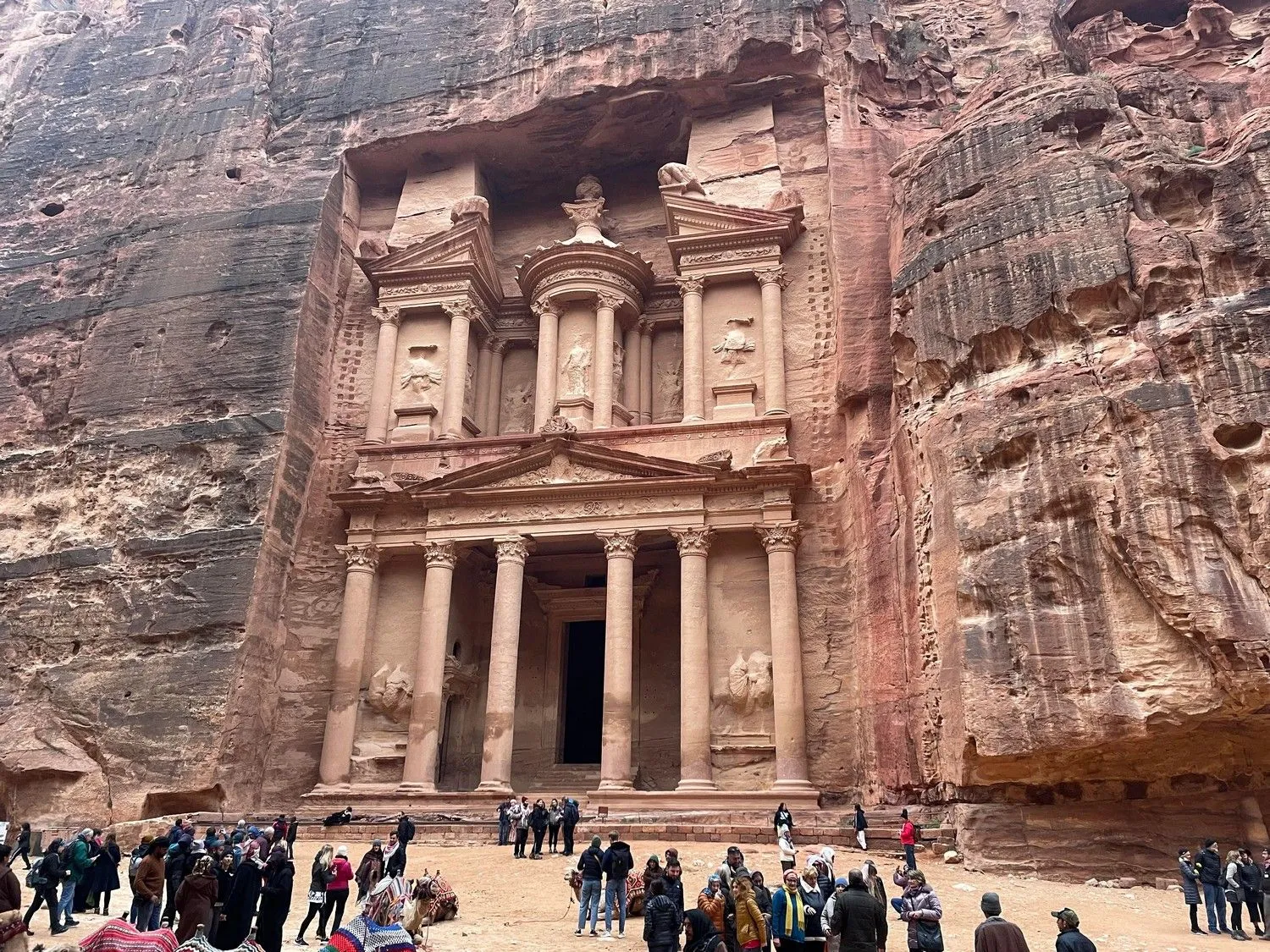
@jnav2525/reddit.com
As you wander through the Siq, a narrow canyon passageway flanked by towering rock walls, the city slowly reveals itself, whispering stories of merchants, kings, and lost civilizations. Visit at sunrise or sunset, when the golden light sets the sandstone ablaze, and you’ll understand why Petra is one of the New Seven Wonders of the World.
Ayutthaya, Thailand
Ayutthaya sprawls across Thailand’s Chao Phraya River like a faded jewel. Founded in 1350 CE, this ancient capital reigned as Siam’s beating heart for over 400 years, a dazzling hub where golden Buddhas glinted amid teak palaces and canals teemed with merchants from Persia to Portugal.
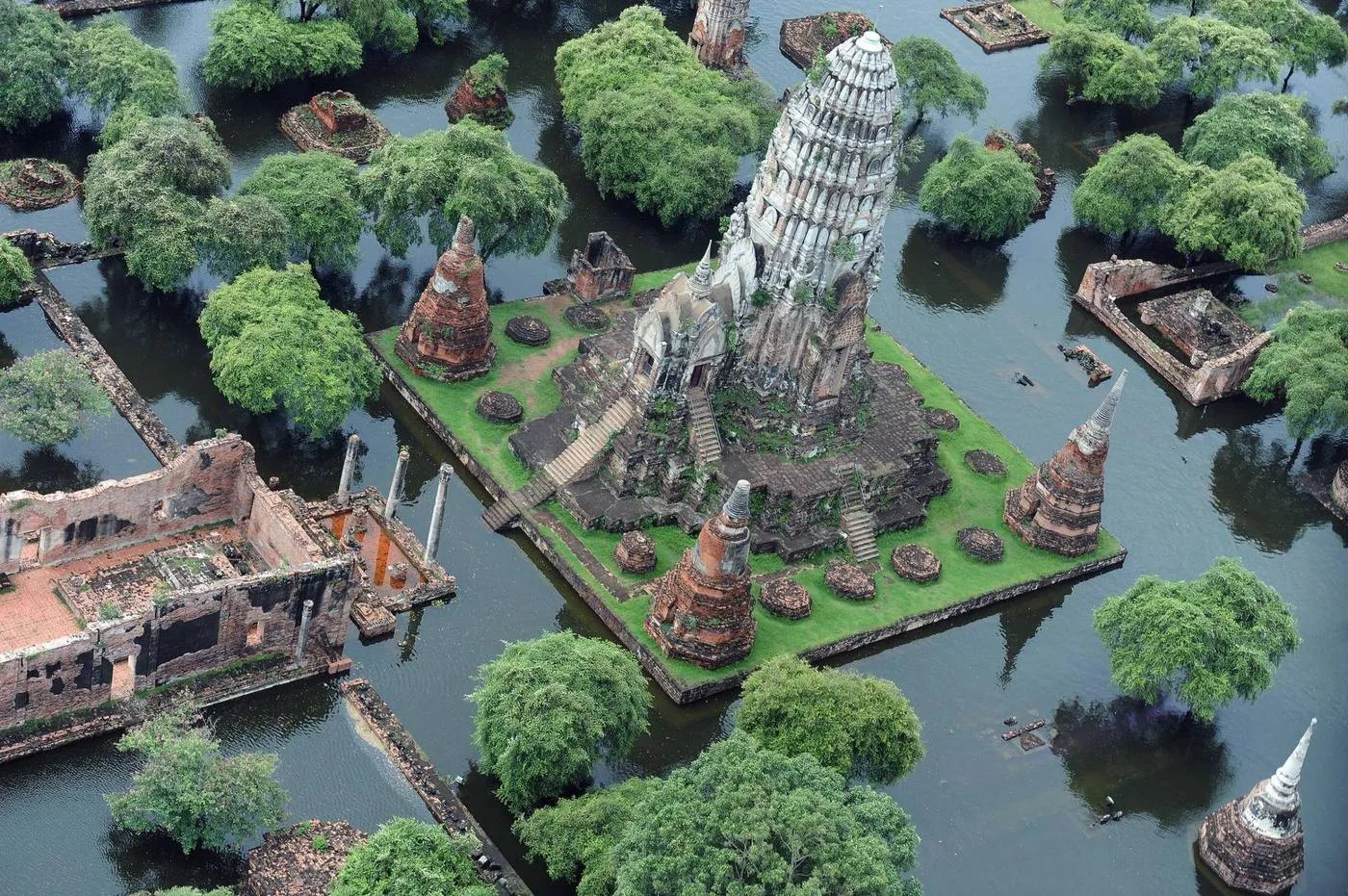
@somedude456/reddit.com
By the 17th century, it was a global marvel—over a million souls thrived here until Burmese invaders torched its glory in 1767. Today, the ruins pulse with eerie beauty: headless Buddhas peer from strangler figs, and Wat Mahathat’s stone face, cradled by roots, gazes with timeless calm.
Ephesus, Turkey
A grand metropolis of the ancient world, Ephesus still stands as a testament to the might of Rome and the wisdom of the Greeks. The Library of Celsus, its most iconic landmark, once held thousands of scrolls, its facade an intricate masterpiece of classical architecture.
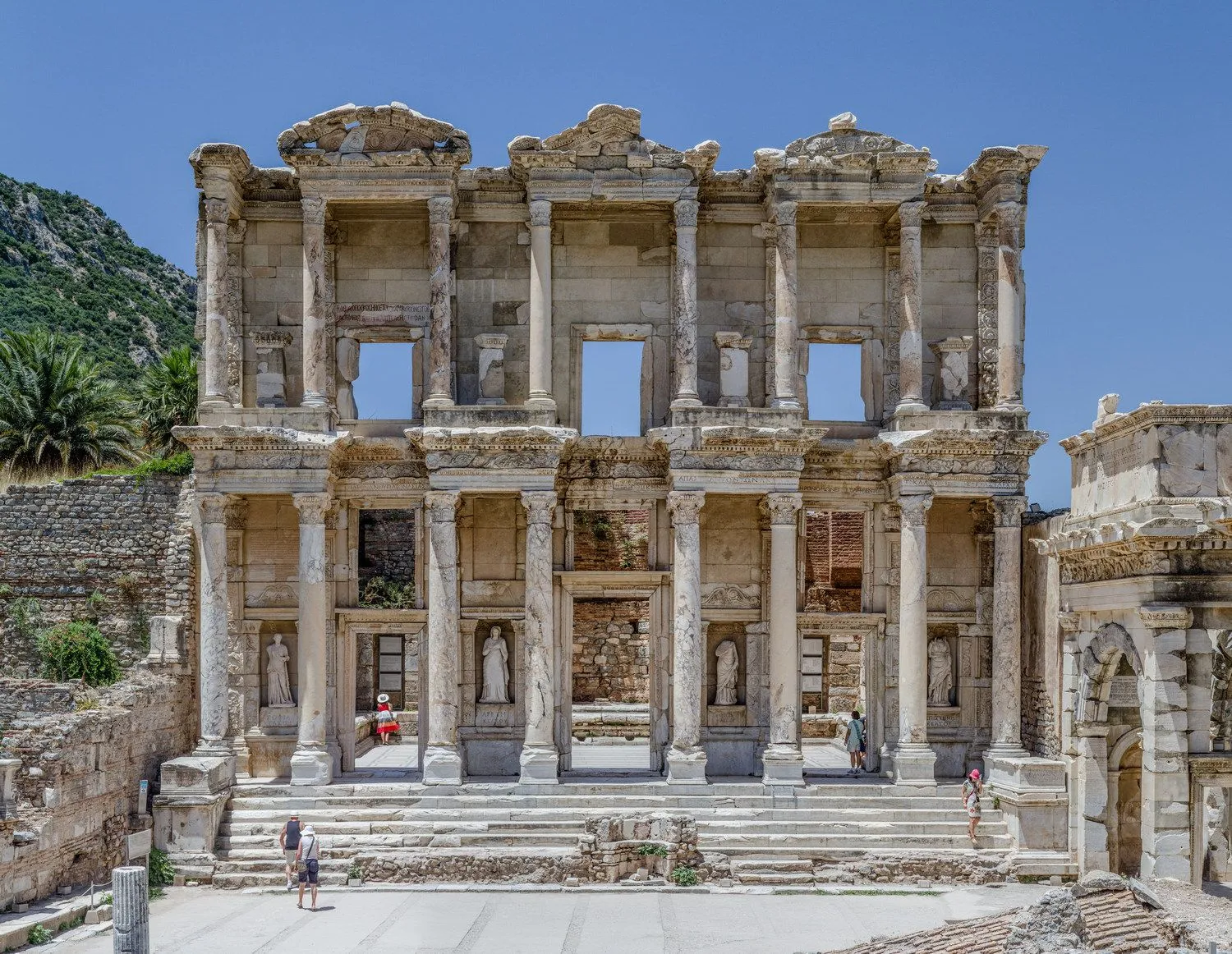
@TriviaDuchess/reddit.com
The Great Theatre, capable of seating 25,000 spectators, still resonates with the echoes of legendary orators and gladiatorial contests. Ephesus was also home to one of the Seven Wonders of the Ancient World—the Temple of Artemis—though only a single column remains today. A walk through Ephesus is like stepping into a living museum where history breathes in every stone.
Angkor, Cambodia
Deep within Cambodia’s lush forests lies Angkor, the heart of the once-mighty Khmer Empire. Angkor Wat, the world’s largest religious monument, is its crown jewel—a mesmerizing temple complex adorned with intricate bas-reliefs and towering spires. But beyond Angkor Wat, an entire ancient city remains entangled in the jungle.
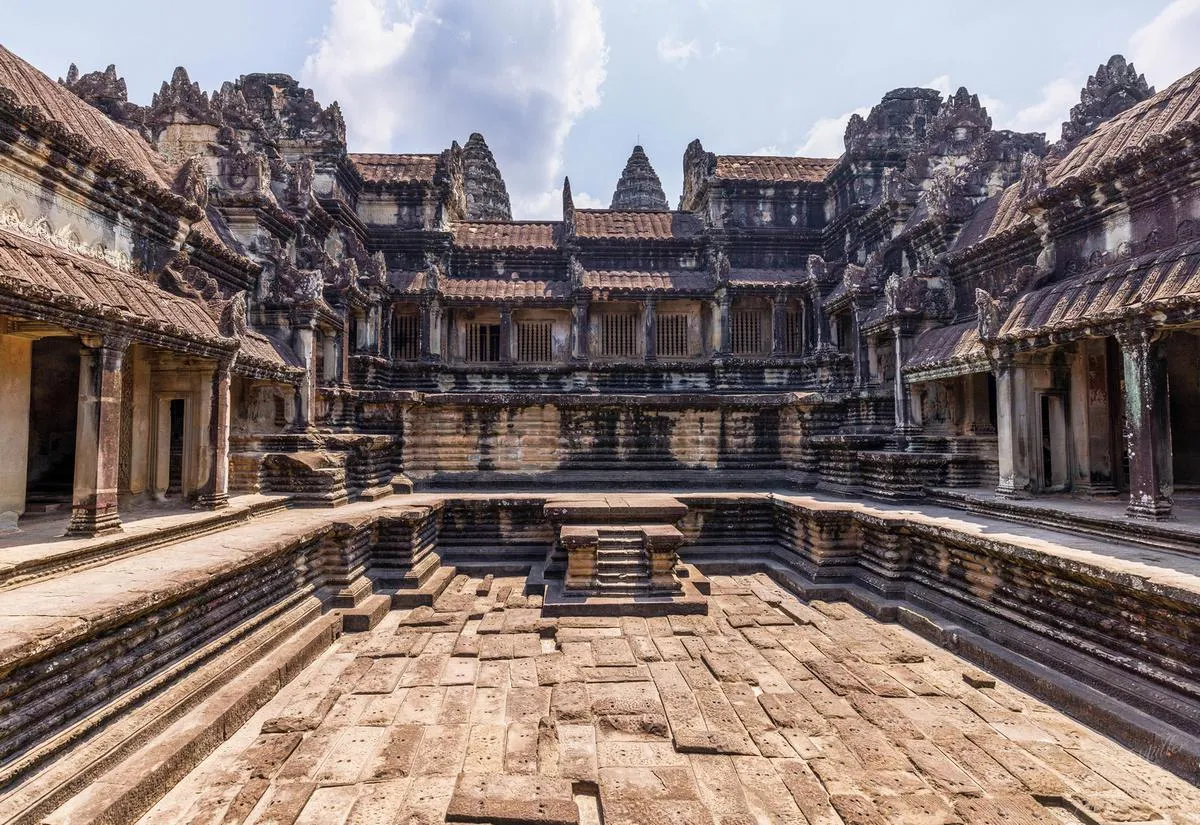
@MunakataSennin/reddit.com
At Ta Prohm, trees grow through the ruins, their roots wrapping around crumbling walls in a haunting embrace. The Bayon Temple, with its enigmatic stone faces, watches over the land with an eternal gaze. Angkor is not merely a historic site—it is a place where nature and civilization intertwine in a breathtaking dance of time.
Carthage, Tunisia
Once the mighty adversary of Rome, Carthage’s remnants now stand as a whisper of its former power. Overlooking the Mediterranean, this Phoenician city once dominated trade routes, rivaling Rome itself in influence. The city met its fiery end in the Third Punic War but its ruins still captivate visitors today.
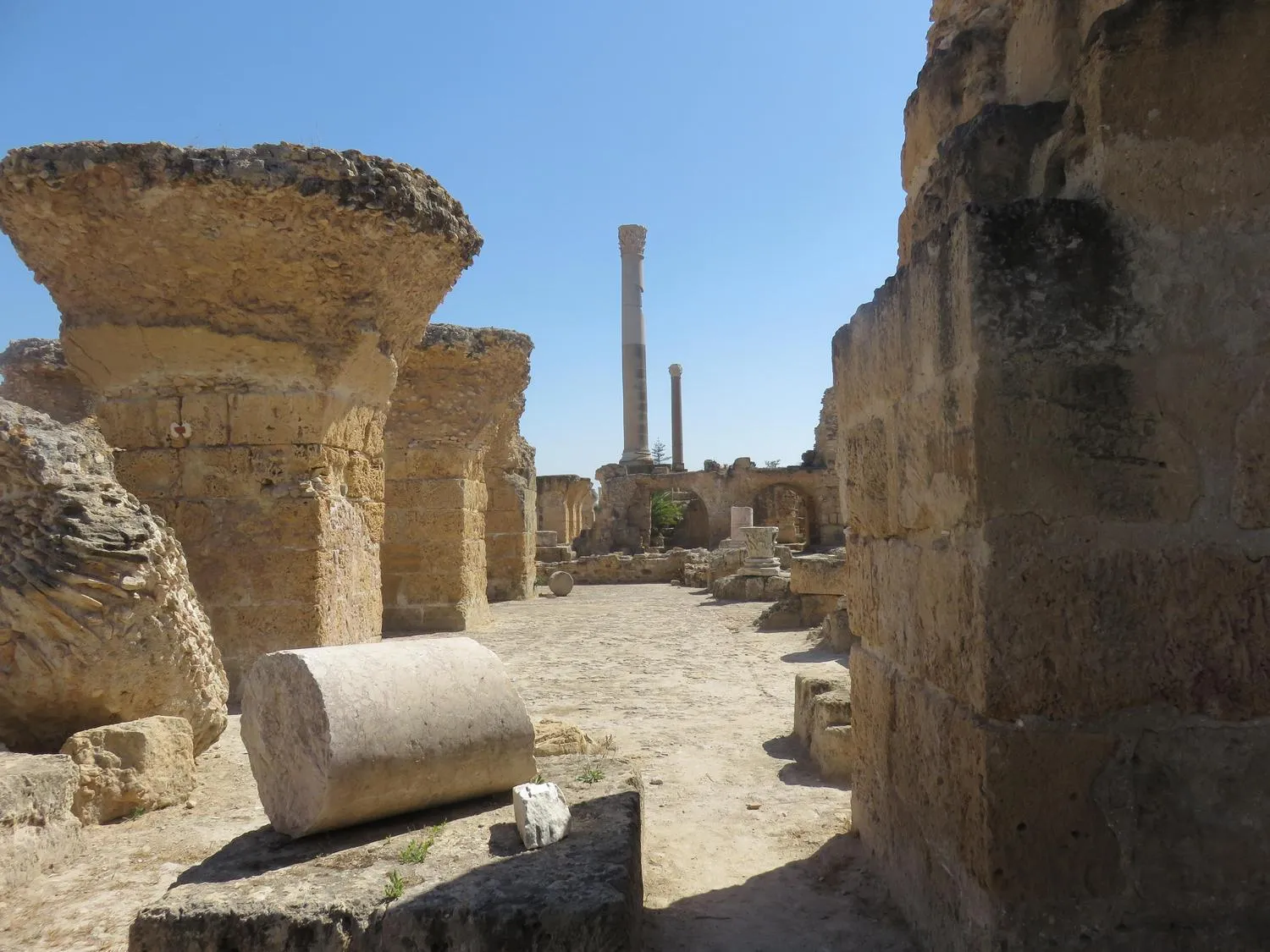
@Alexanderjcw/reddit.com
The Baths of Antoninus, sprawling and majestic, hint at a bygone era of luxury. The Byrsa Hill, once the heart of the city, offers panoramic views of the sea, where Carthaginian ships once sailed. Though Rome sought to erase Carthage, its spirit lingers, refusing to be forgotten.
Troy, Turkey
Immortalized by Homer’s Iliad, Troy straddles the line between legend and reality. Excavations have revealed multiple layers of civilization, proving that Troy was not a single city but a succession of settlements spanning thousands of years. The reconstructed walls still stand, evoking images of Achilles, Hector, and the infamous Trojan Horse.
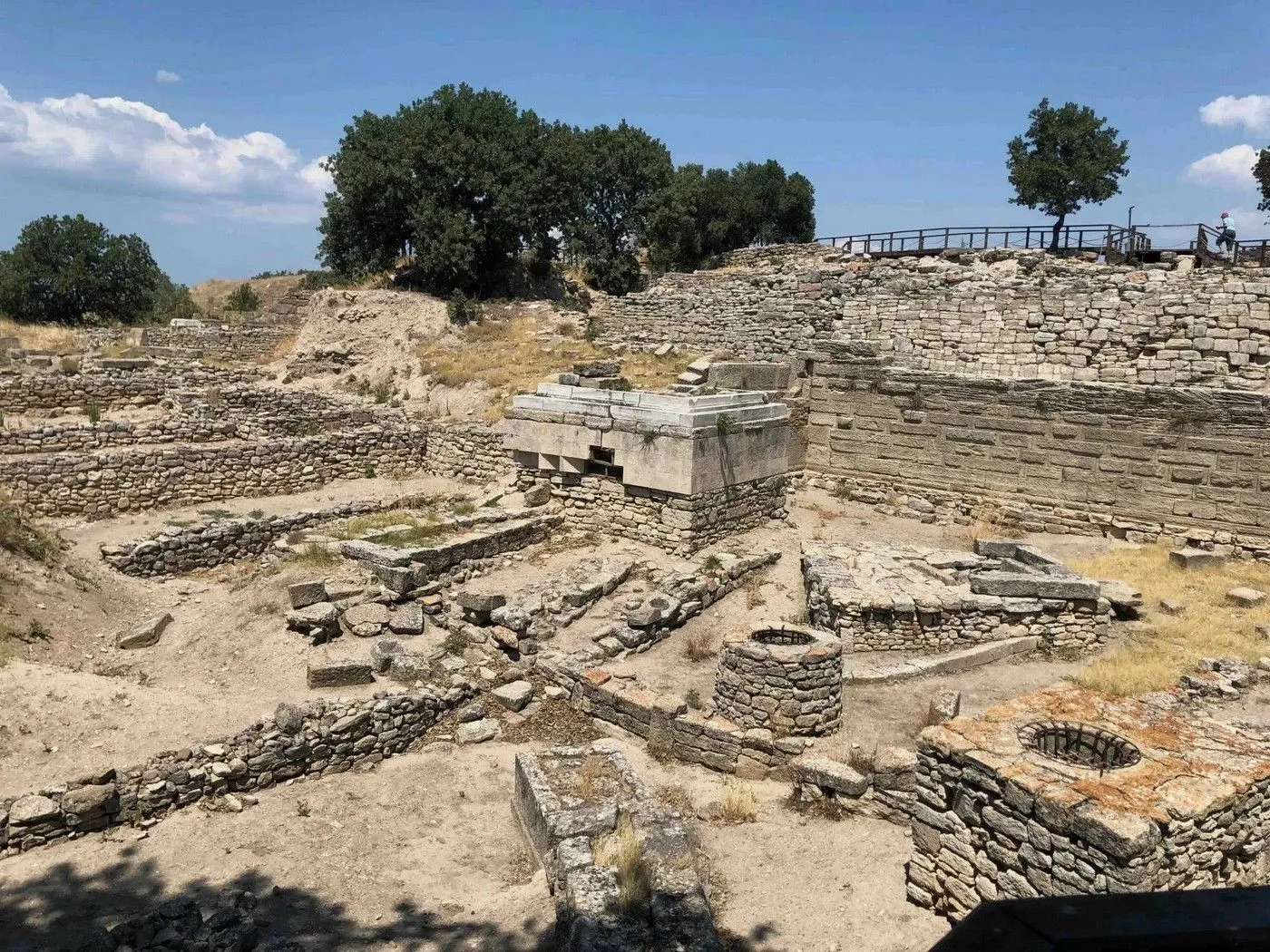
@UsefulBian/reddit.com
As you stand on the ancient battlements, gazing across the plains where mighty warriors once clashed, it’s impossible not to feel the weight of history beneath your feet. Is it fact, or is it myth? At Troy, the answer lies somewhere in between.
Chichen Itza, Mexico
A masterpiece of Mayan ingenuity, Chichen Itza is one of the most astonishing ancient cities in the Americas. At its heart stands El Castillo, the Pyramid of Kukulkan, a celestial timekeeper aligned with the equinox. Twice a year, shadows slither down its steps, forming the illusion of a serpent descending from the heavens.
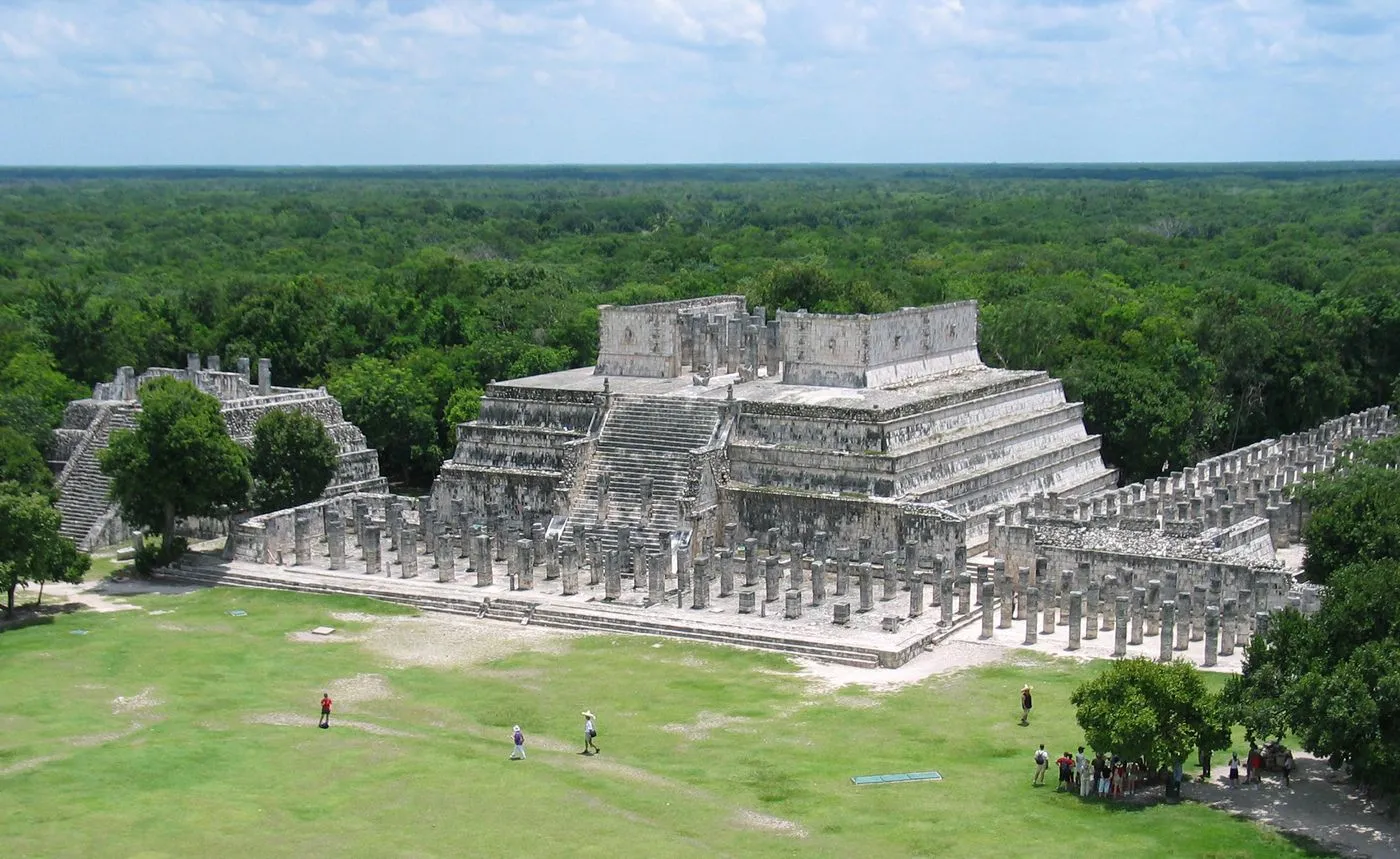
@MunakataSennin/reddit.com
Nearby, the Great Ball Court echoes with the whispers of ancient games—where victors may have met divine fates. Chichen Itza is a city of mysteries, from the eerie Cenote Sagrado, where human sacrifices took place, to the enigmatic observatory of El Caracol. It is a place where science, religion, and art converged into an extraordinary civilization.
Palmyra, Syria
Once known as the “Bride of the Desert,” Palmyra was a vital trade hub linking East and West. Its grand colonnaded streets, monumental arches, and magnificent temples were a sight to behold. The Temple of Bel, a fusion of Greco-Roman and Mesopotamian influences, stood as the city’s spiritual heart.
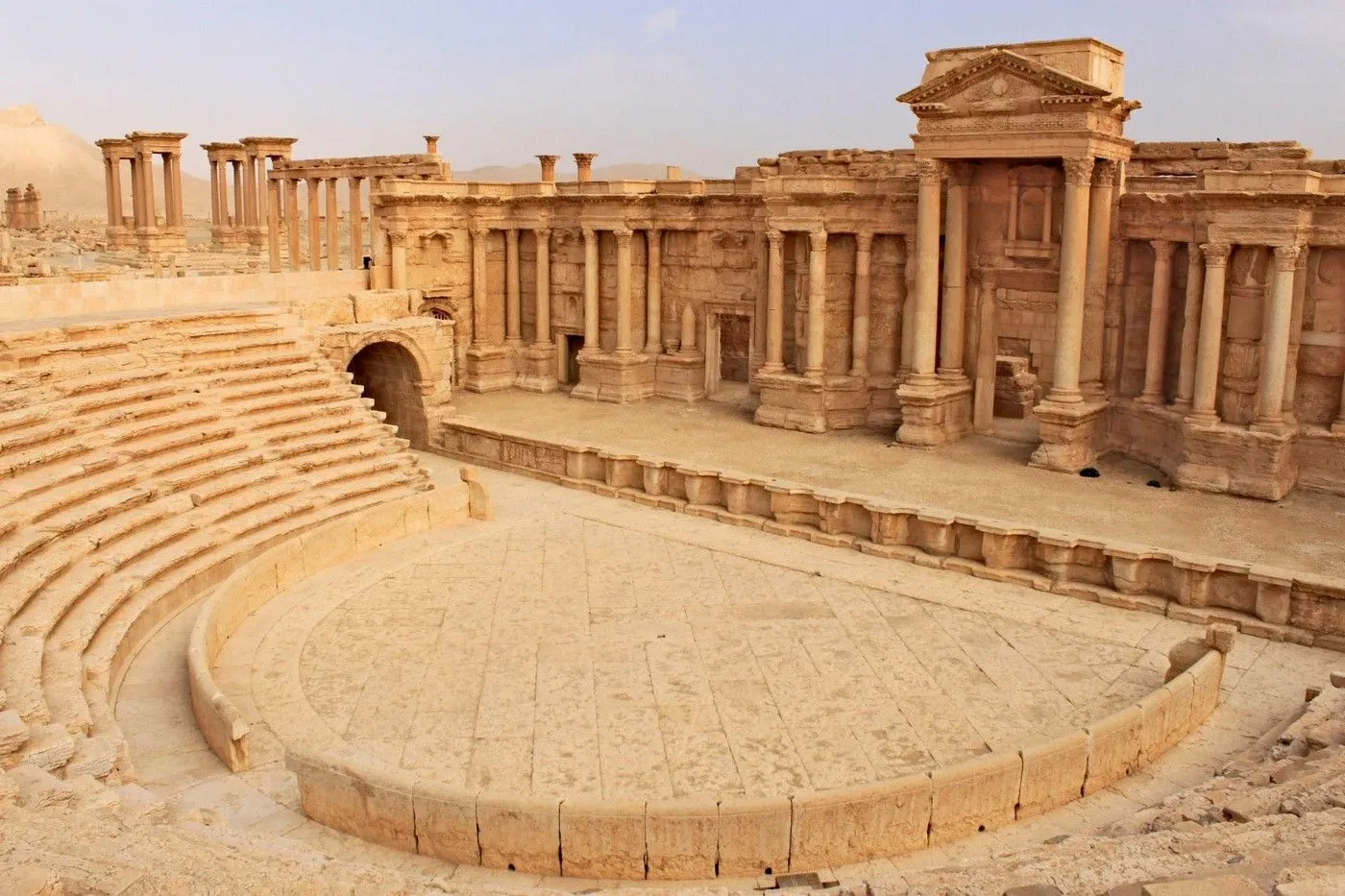
@ancientrome/reddit.com
Palmyra’s history is also woven with defiance—Queen Zenobia dared to challenge Rome, carving her own place in legend. Though war and destruction have marred its beauty, the ruins of Palmyra remain a hauntingly beautiful reminder of a civilization that once flourished in the desert sands.
Great Zimbabwe, Zimbabwe
Shrouded in mystery, the stone ruins of Great Zimbabwe tell the story of a powerful medieval African kingdom. Rising from the golden savannah, its towering walls were built without mortar, yet they have stood for centuries. The Great Enclosure, with its enigmatic conical tower, remains an architectural marvel.

@innuendoPL/reddit.com
This was once the center of a thriving trade network, connecting Africa’s interior with the Swahili Coast. Yet, much about Great Zimbabwe remains unknown—who built it, and why was it abandoned? Theories abound but one thing is certain: it is a symbol of African ingenuity and grandeur.
Machu Picchu, Peru
Perched high in the Andes, Machu Picchu remains one of the world’s greatest archaeological wonders. Its terraces, temples, and plazas cling to misty mountain ridges, defying both time and gravity. Was it a royal estate, a sacred retreat, or something else entirely? No one knows for sure.
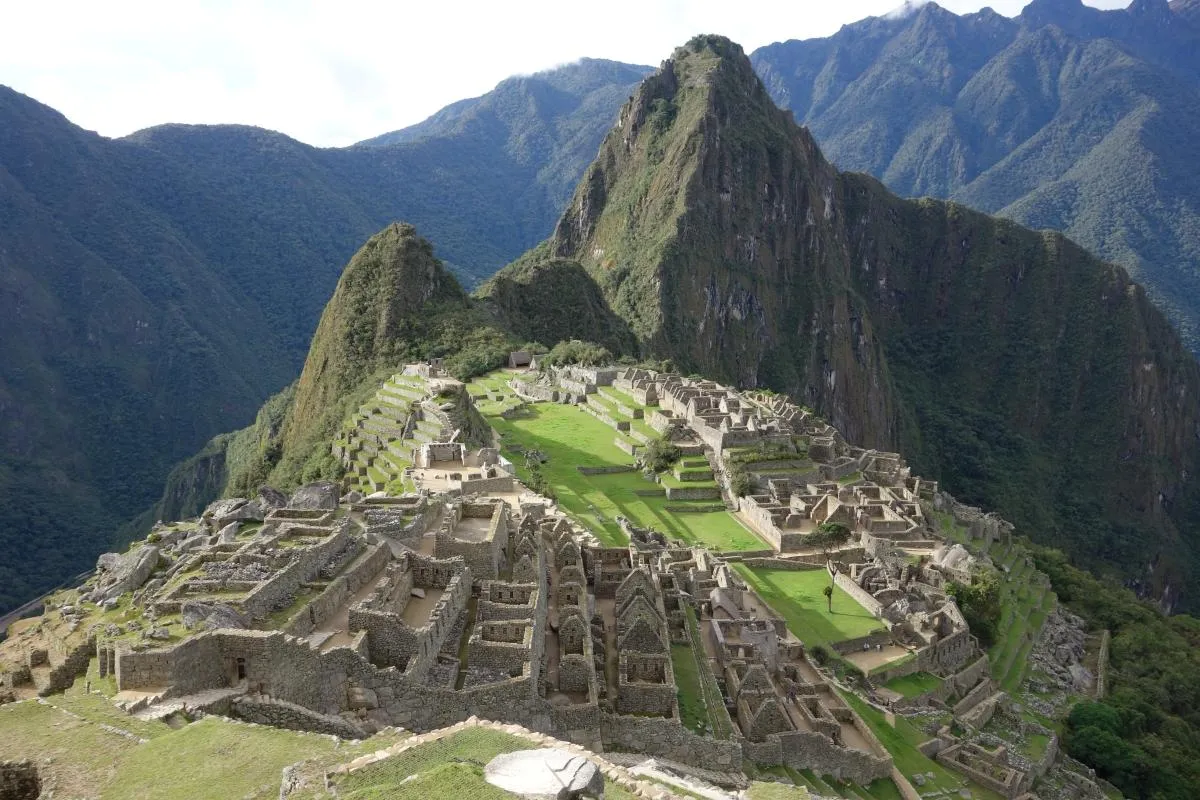
@wornoutboots/reddit.com
The precision of Incan stonework, with blocks fitting seamlessly without mortar, speaks of an advanced understanding of engineering. As dawn breaks over the Sun Gate, illuminating the ruins in golden hues, it’s easy to believe that Machu Picchu is more than just a city—it’s a portal to a forgotten world.
Jerash, Jordan
Once a thriving Greco-Roman metropolis, Jerash is one of the best-preserved ancient cities outside Italy. Grand colonnaded avenues, imposing temples, and sprawling plazas still stand as a testament to its former glory. The Oval Plaza, a masterpiece of urban planning, and the Temple of Artemis are highlights of this remarkable city.
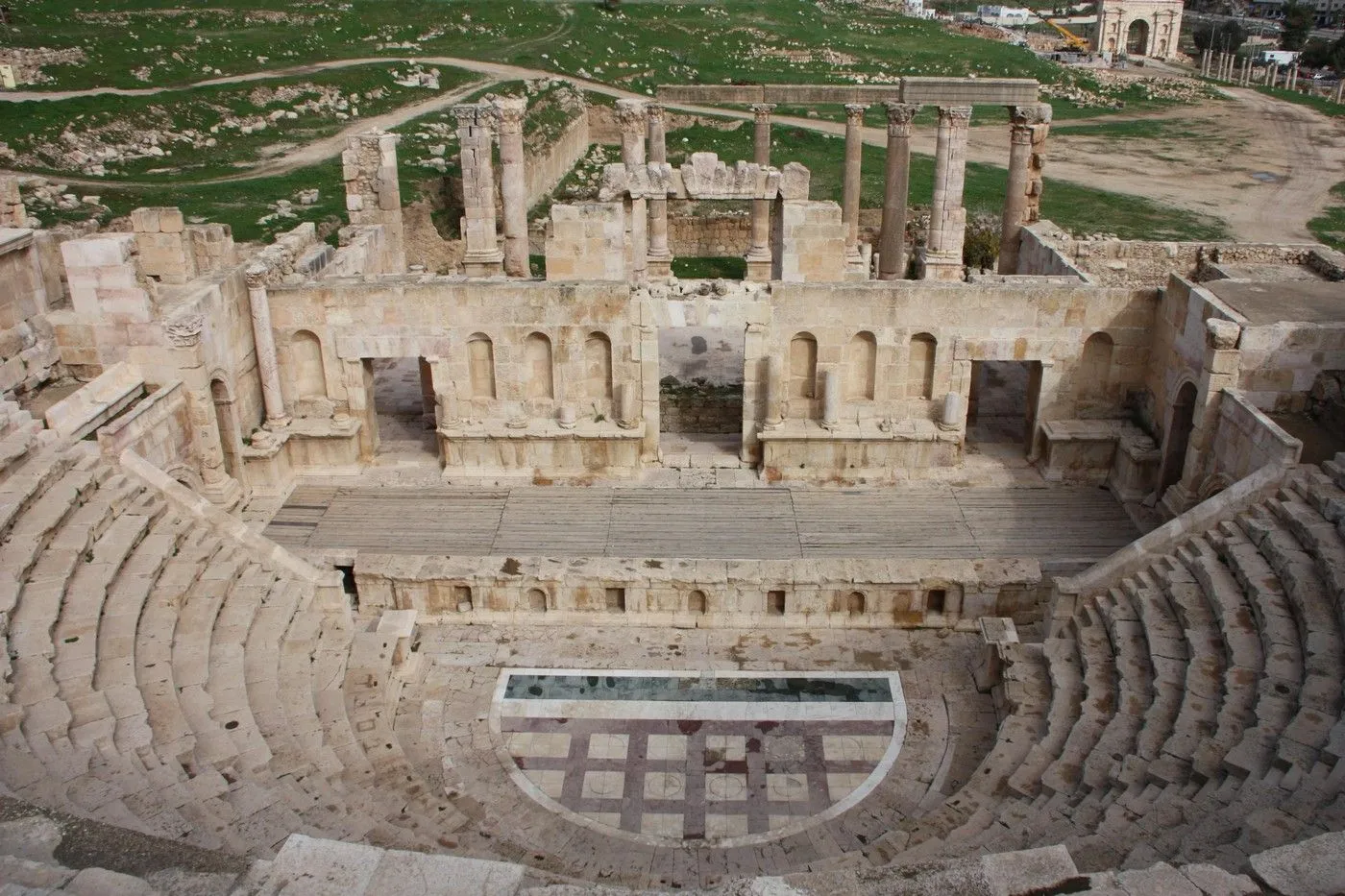
@-introuble2/reddit.com
Walking through Jerash, with its well-preserved ruins, feels like stepping into a world where chariots once thundered and emperors ruled. Every summer, the Jerash Festival brings the city back to life with traditional music, dance, and reenactments of its ancient splendor.
Leptis Magna, Libya
Nestled along Libya’s Mediterranean coast, Leptis Magna was once a prosperous Roman city, boasting enormous theaters, intricate mosaics, and towering arches. Its immense basilica and the well-preserved Hadrianic Baths reveal the grandeur of Rome’s influence beyond Italy.
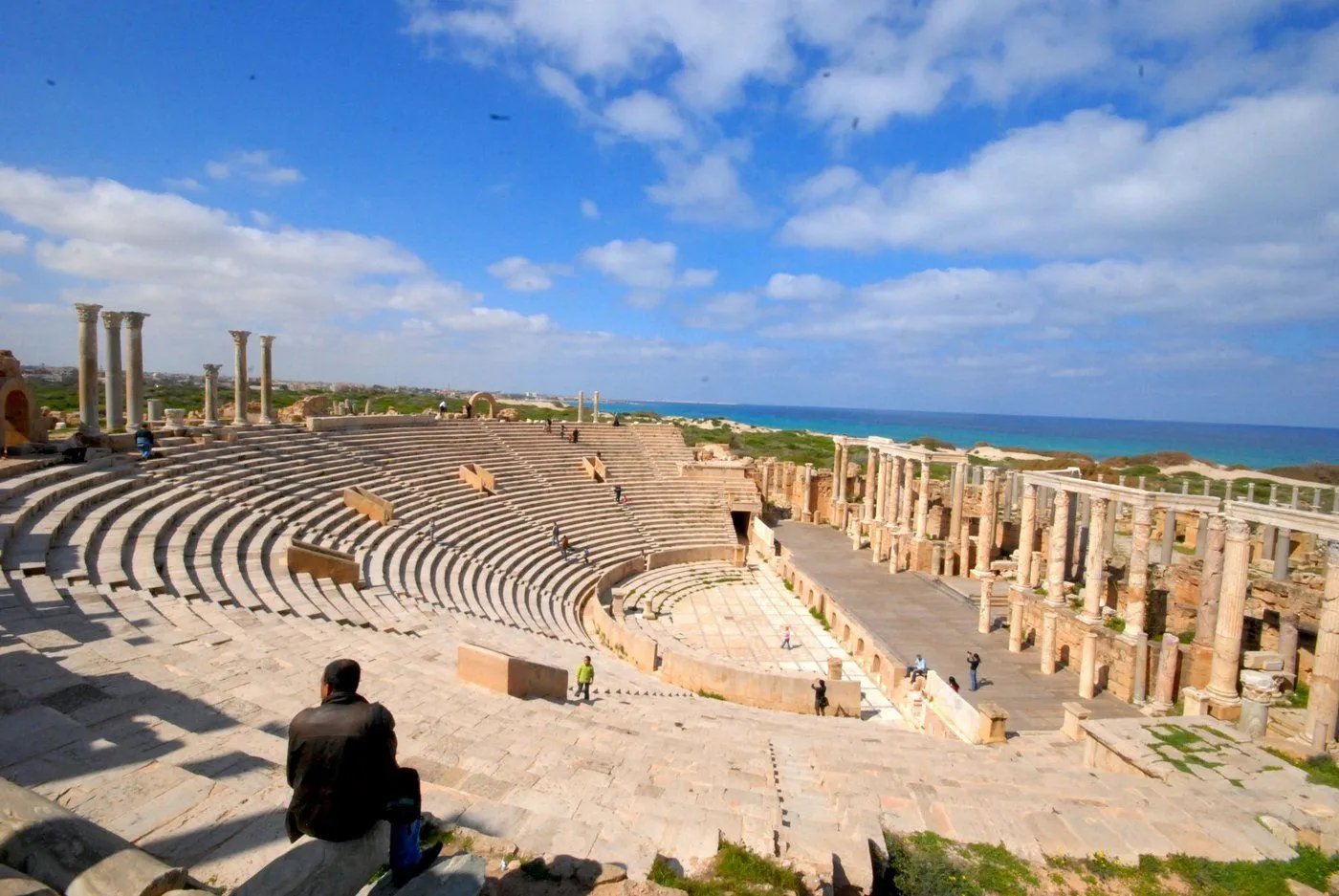
@Lordfordhero/reddit.com
The imposing Arch of Septimius Severus, built to honor the city’s most famous son, still dominates the landscape with its intricate carvings. Despite its beauty, Leptis Magna remains largely undiscovered by tourists, making it a hidden treasure for those who seek adventure beyond the beaten path.
Tikal, Guatemala
Hidden deep within the dense jungles of Guatemala, Tikal is a breathtaking reminder of the grandeur of the ancient Maya civilization. Towering pyramids rise above the treetops, their stone facades whispering tales of kings, astronomers, and warriors. Walking through this vast archaeological site, you can almost hear the echoes of ancient ceremonies that once filled the air.
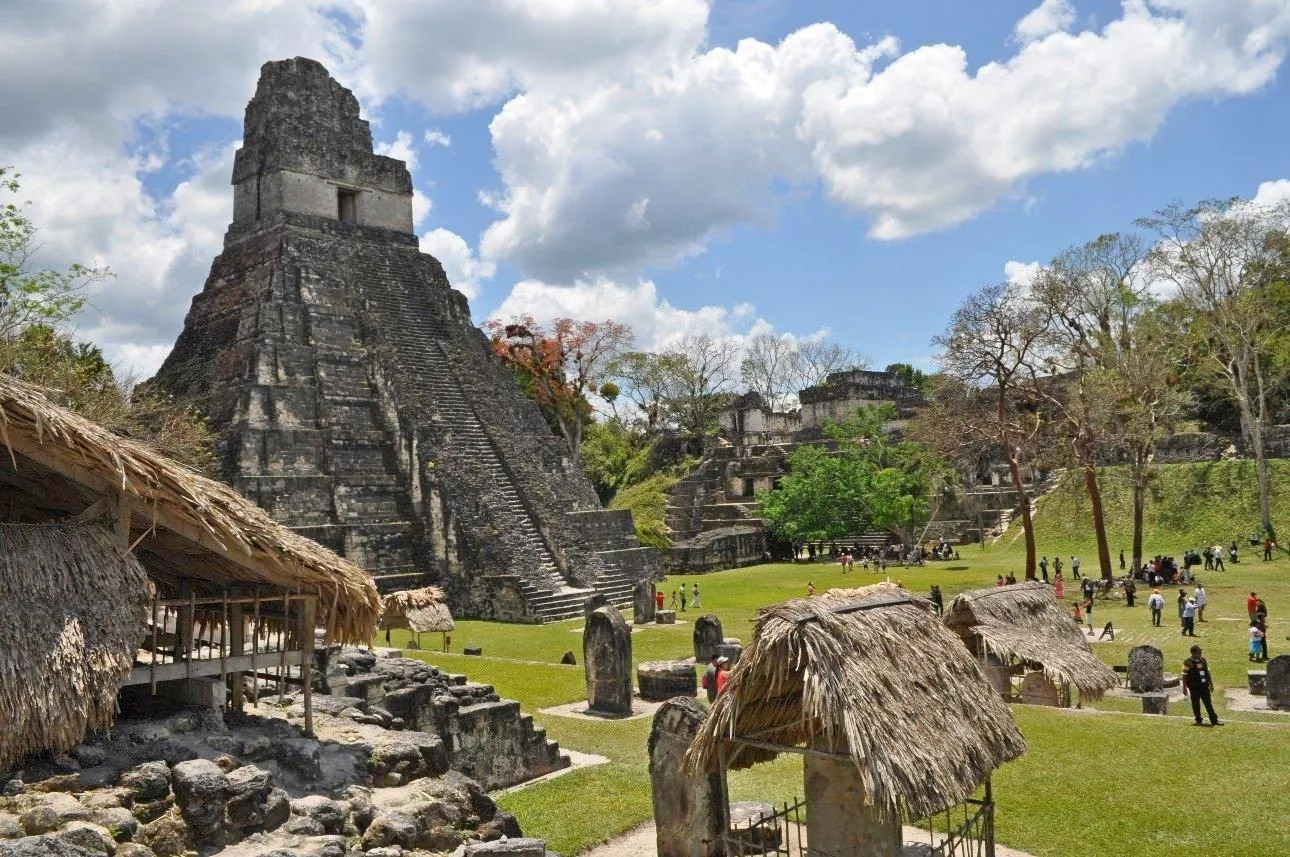
@BillAtBlueSkies/reddit.com
Unlike many historical ruins, Tikal isn’t just a collection of stones—it’s alive with the sounds of howler monkeys and the cries of exotic birds. The Temple of the Great Jaguar, standing at 47 meters, offers an unforgettable view of the endless green canopy.
Baalbek, Lebanon
Baalbek, known as the “City of the Sun,” is one of the most awe-inspiring remnants of Roman grandeur. Nestled in Lebanon’s Beqaa Valley, it boasts some of the largest and most well-preserved Roman temples in the world. The Temple of Jupiter, once supported by colossal columns soaring 22 meters high, still commands respect despite the ravages of time.
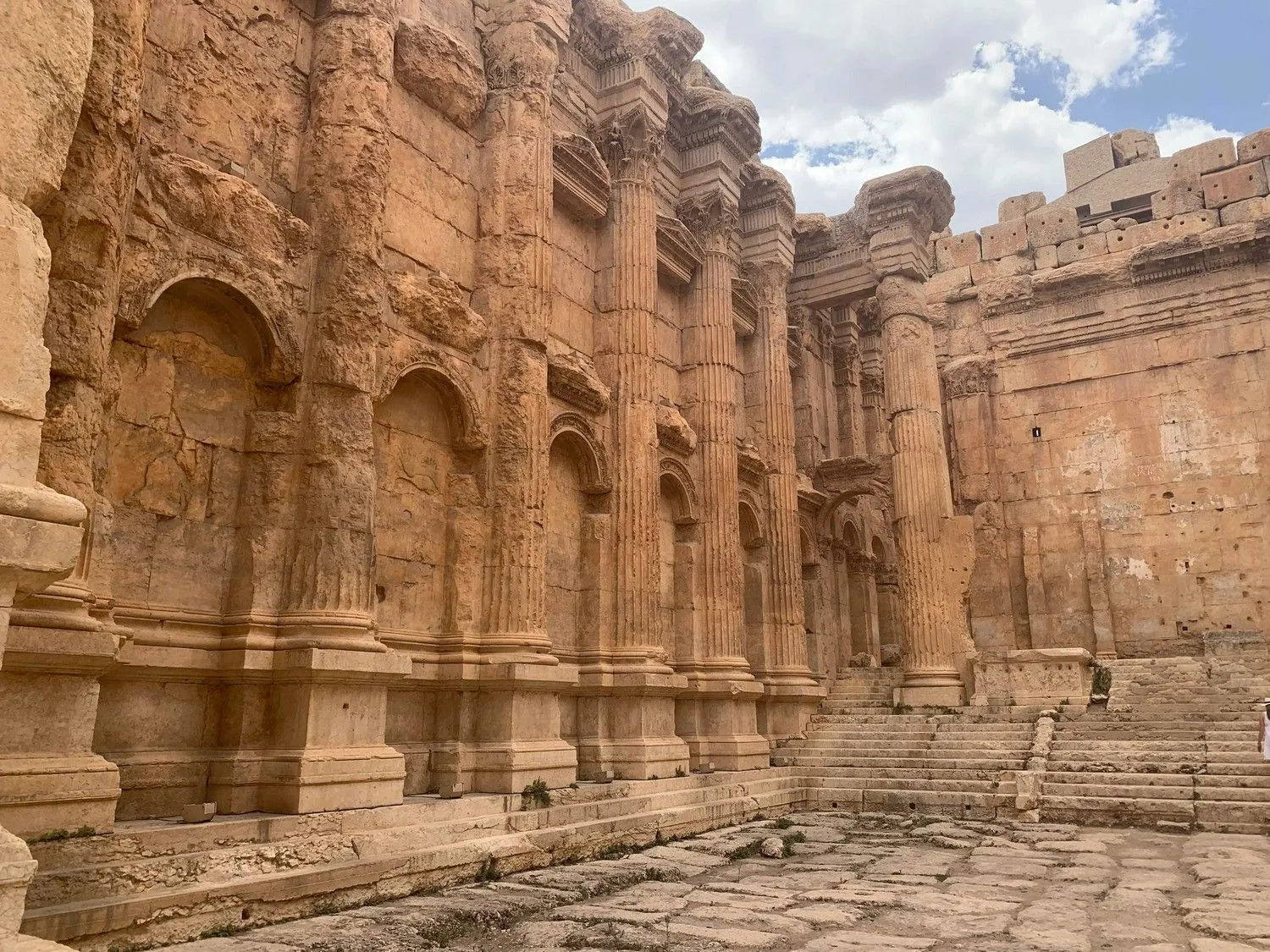
@takingbackcj/reddit.com
The intricate carvings of the Temple of Bacchus, dedicated to the god of wine, offer a glimpse into the extravagance of Roman religious life. Unlike the crowded ruins of Rome, Baalbek’s vast courtyards and towering stones create an atmosphere of solitude and mystery.
Sigiriya, Sri Lanka
Rising 200 meters above the lush plains of Sri Lanka, this ancient rock fortress, built by King Kashyapa in the 5th century, is a masterpiece of engineering and artistry. Visitors must ascend a series of steep staircases, passing through the enormous stone paws of a carved lion, before reaching the summit.
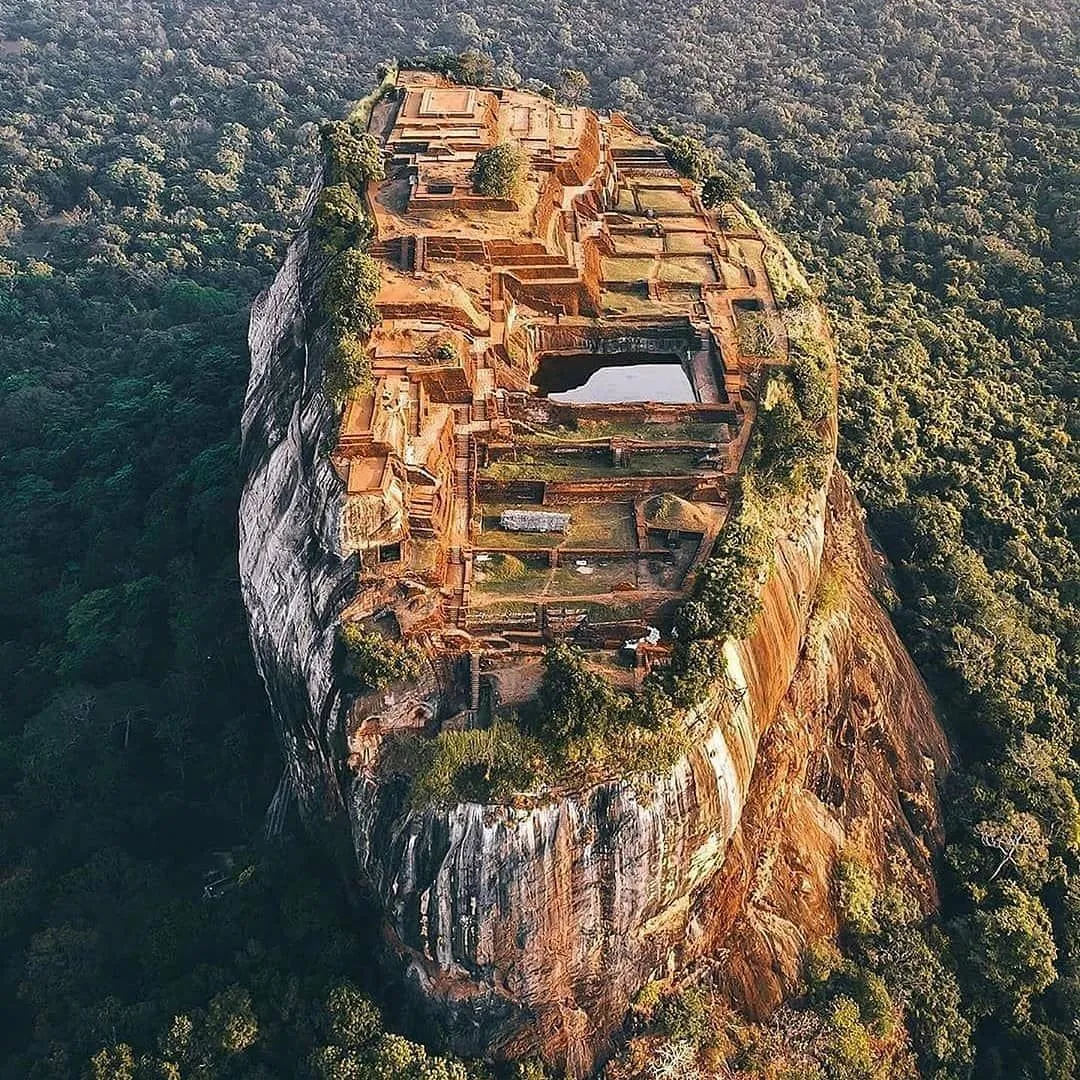
@eternaldamnation2005/reddit.com
Along the way, dazzling frescoes of celestial maidens adorn the rock walls, their colors still vibrant after over a thousand years. At the top, the ruins of an opulent palace and sprawling gardens hint at the grandeur that once flourished here. The panoramic view from the summit is simply mesmerizing, making the climb an unforgettable experience.
Matera, Italy
Matera is a living relic where the past seamlessly merges with the present. Carved into the limestone cliffs of southern Italy, the Sassi di Matera are believed to be among the oldest continuously inhabited settlements in the world. Wandering through its labyrinth of winding alleys, you’ll find rock-hewn churches adorned with Byzantine frescoes and homes that date back thousands of years.
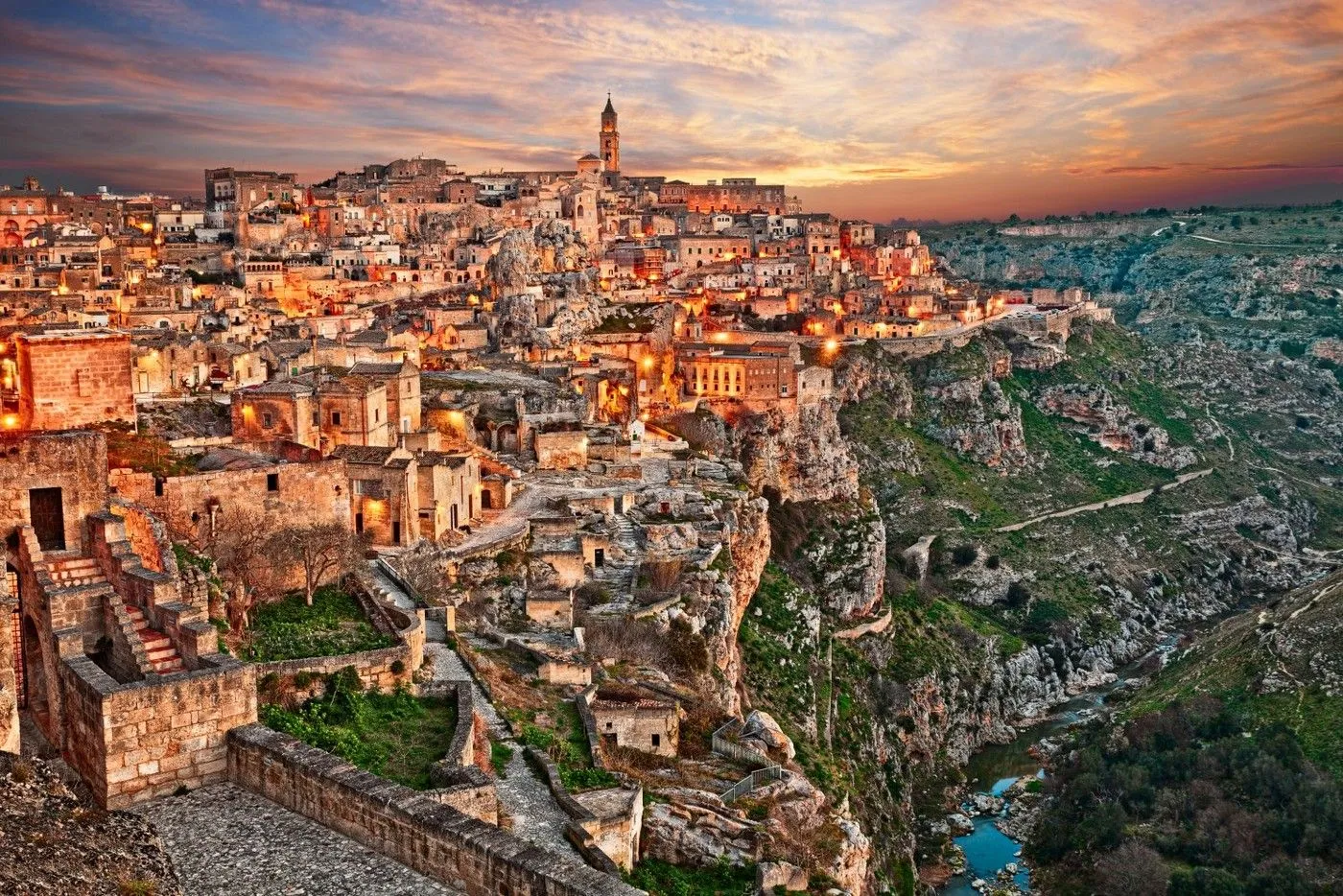
@CityPorn/reddit.com
At night, the city glows like a fairytale, with golden lights illuminating the caves and narrow pathways. Matera’s transformation from a forgotten relic to a UNESCO-listed wonder has made it one of Europe’s most fascinating destinations.
Ani, Turkey
Once a thriving medieval metropolis and the capital of the Armenian Kingdom, Ani now stands as a hauntingly beautiful ruin on the Turkish-Armenian border. Known as the “City of a Thousand Churches,” its abandoned cathedrals and fortresses stretch across the vast Anatolian steppe, their red-stone walls echoing tales of forgotten splendor.
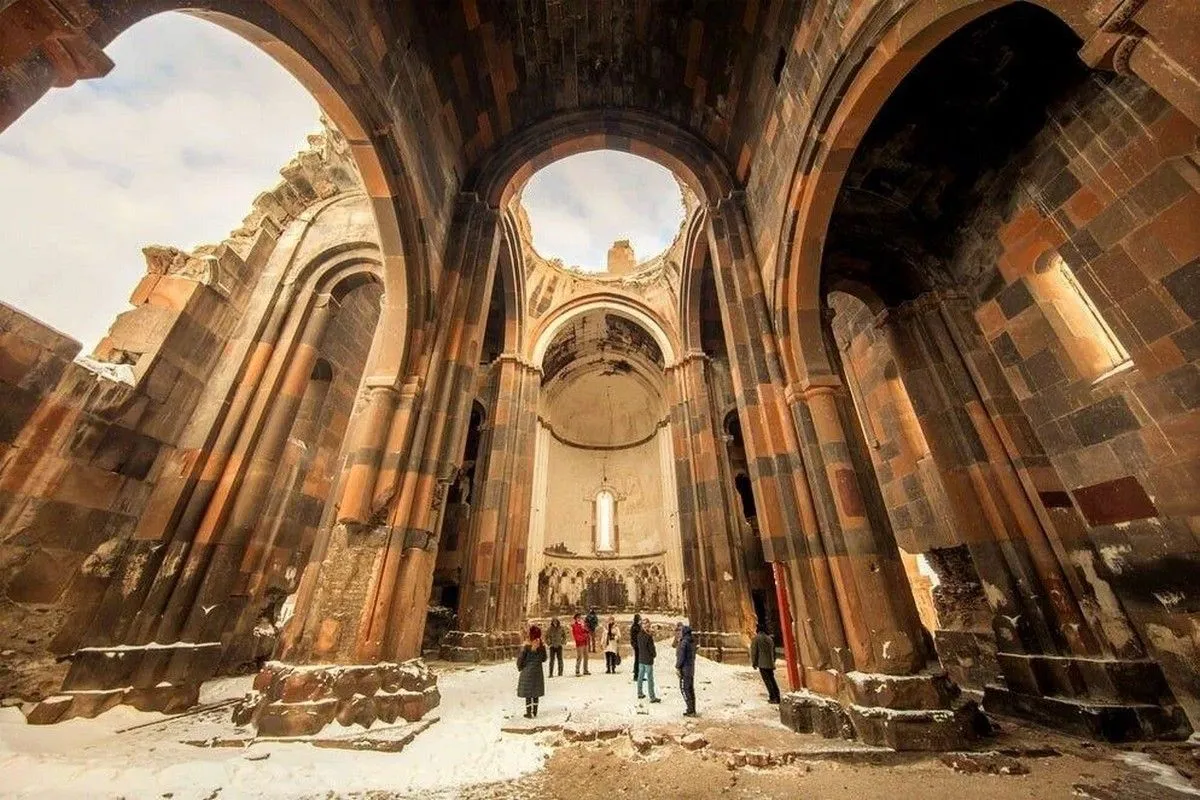
@Ok_Connection7680/reddit.com
The Cathedral of Ani, designed by the great architect Trdat, still stands with its graceful arches framing the sky. The Church of the Redeemer, split in half by an earthquake, is a poignant reminder of the city’s turbulent past. Ani is a place of solitude and beauty, a lost world waiting to be rediscovered.
Timgad, Algeria
Deep in the Algerian desert lies Timgad, an astonishingly well-preserved Roman city, often referred to as the "Pompeii of Africa." Founded by Emperor Trajan in 100 AD as a military colony for Roman veterans, Timgad exemplifies the precision of Roman urban planning. Its grid-like streets, wide avenues, and triumphal arch reflect the structured brilliance of Roman architecture.

@Zine99/reddit.com
The massive forum, once a hub of political and social life, stands at the heart of the city, surrounded by the remains of bathhouses, a theater that seats 3,500 spectators, and an extensive library—one of the few known public libraries of the ancient Roman world. Over time, the encroaching sands of the Sahara buried and preserved this magnificent city for centuries, only to be rediscovered in the 19th century.
Meroe, Sudan
Rising from the sands of Sudan, the pyramids of Meroe stand as a striking testament to the once-mighty Kingdom of Kush. Unlike the pyramids of Egypt, Meroe’s structures are smaller, steeper, and uniquely Nubian in style. This ancient city was once a thriving metropolis, home to a powerful civilization that rivaled its northern neighbor.
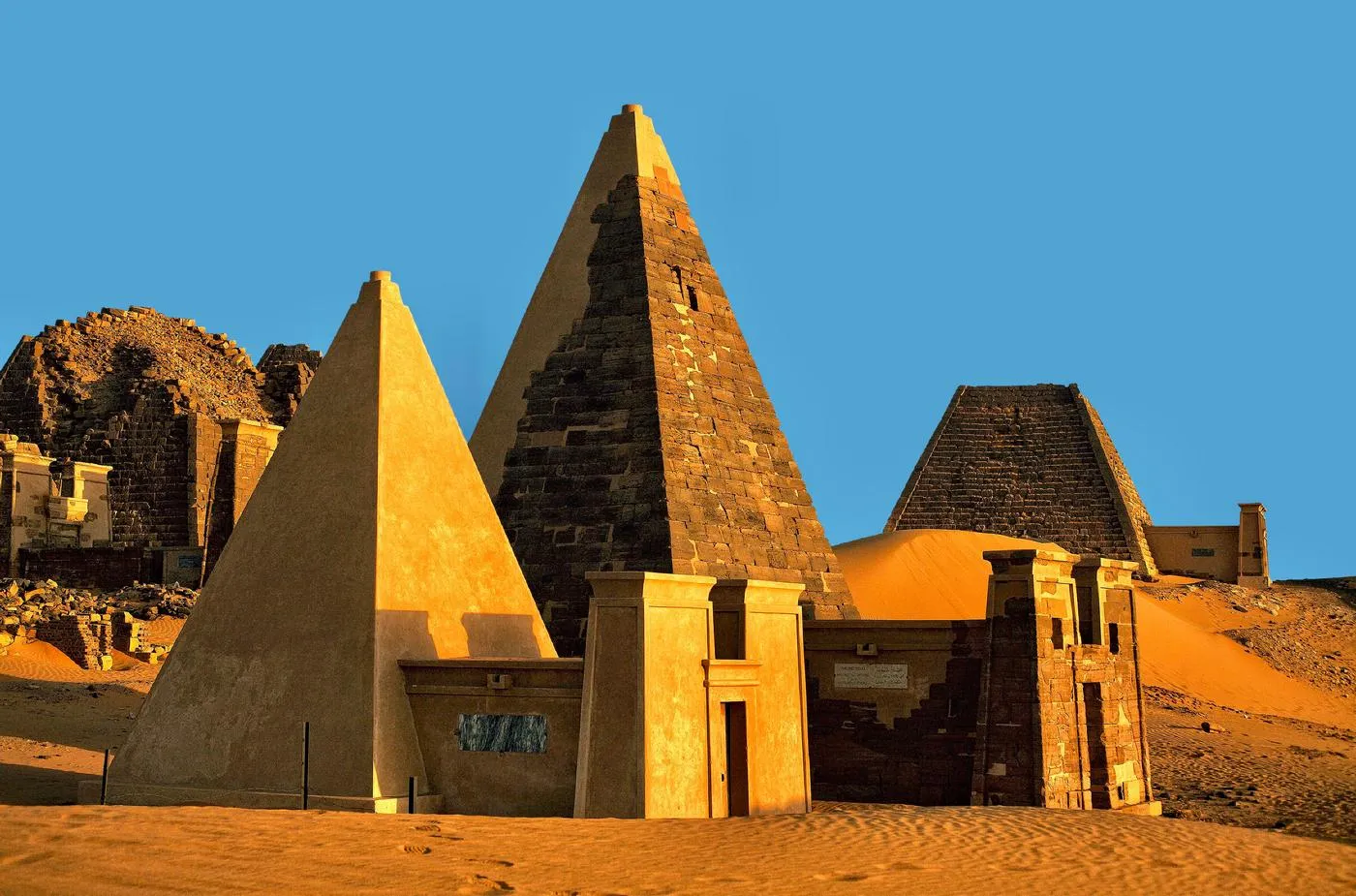
@Agmm-cr/reddit.com
The hieroglyphs that adorn its temples tell stories of warrior queens, divine rulers, and trade networks that stretched across Africa and the Mediterranean. Despite its historical significance, Meroe remains one of the least-visited ancient cities, making it a hidden gem for those seeking an off-the-beaten-path adventure.
Chan Chan, Peru
In the coastal deserts of northern Peru, the vast ruins of Chan Chan emerge from the earth like a mirage. Once the capital of the Chimú Empire, this city of mud-brick palaces and intricate carvings was the largest adobe settlement in the world.
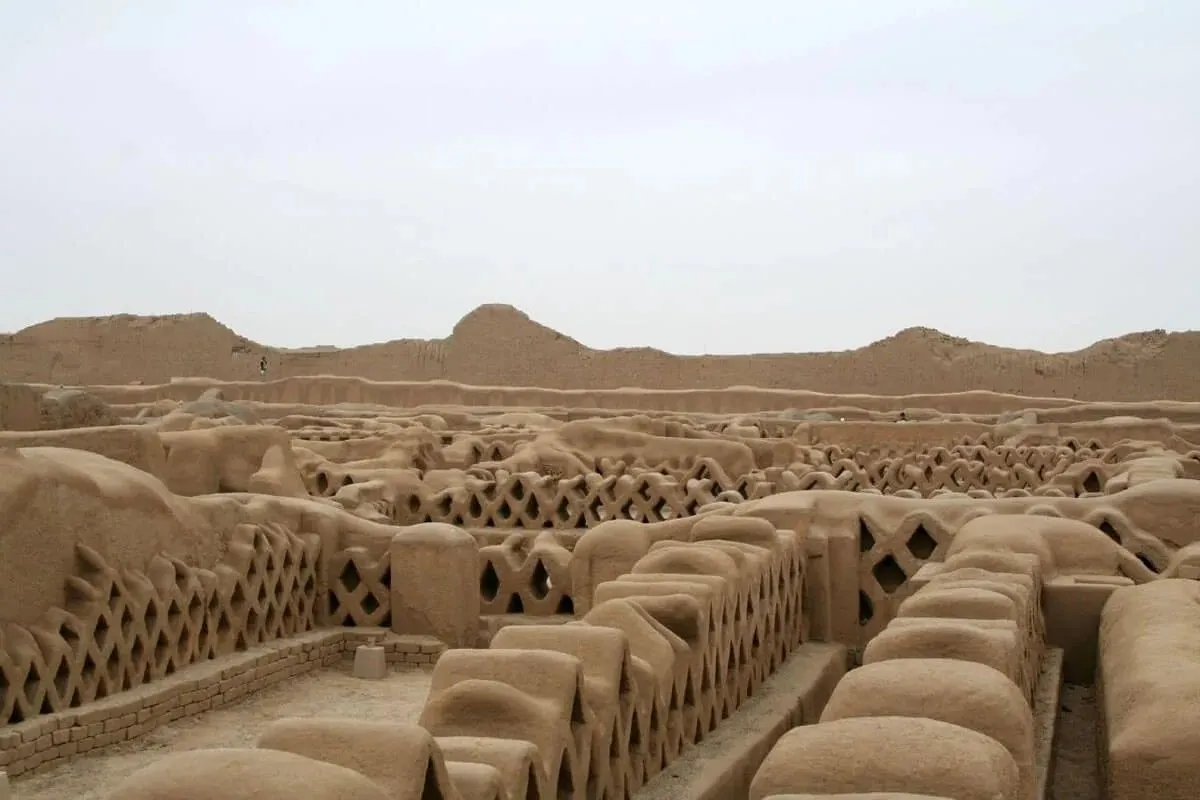
@Weak_Group_800/reddit.com
Despite its seemingly fragile construction, Chan Chan endured for centuries. Its labyrinthine streets and towering walls bear witness to the ingenuity of its builders. The reliefs that adorn its surfaces—depicting fish, birds, and waves—reveal the Chimú people's deep connection to the sea.
Sukhothai, Thailand
Once the capital of the first Thai kingdom, Sukhothai is a stunning testament to early Thai culture and art. Founded in the 13th century, Sukhothai features towering Buddha statues, intricately carved temples, and tranquil lotus ponds. Wat Mahathat, the city’s spiritual heart, boasts a towering seated Buddha surrounded by elegant stupas.
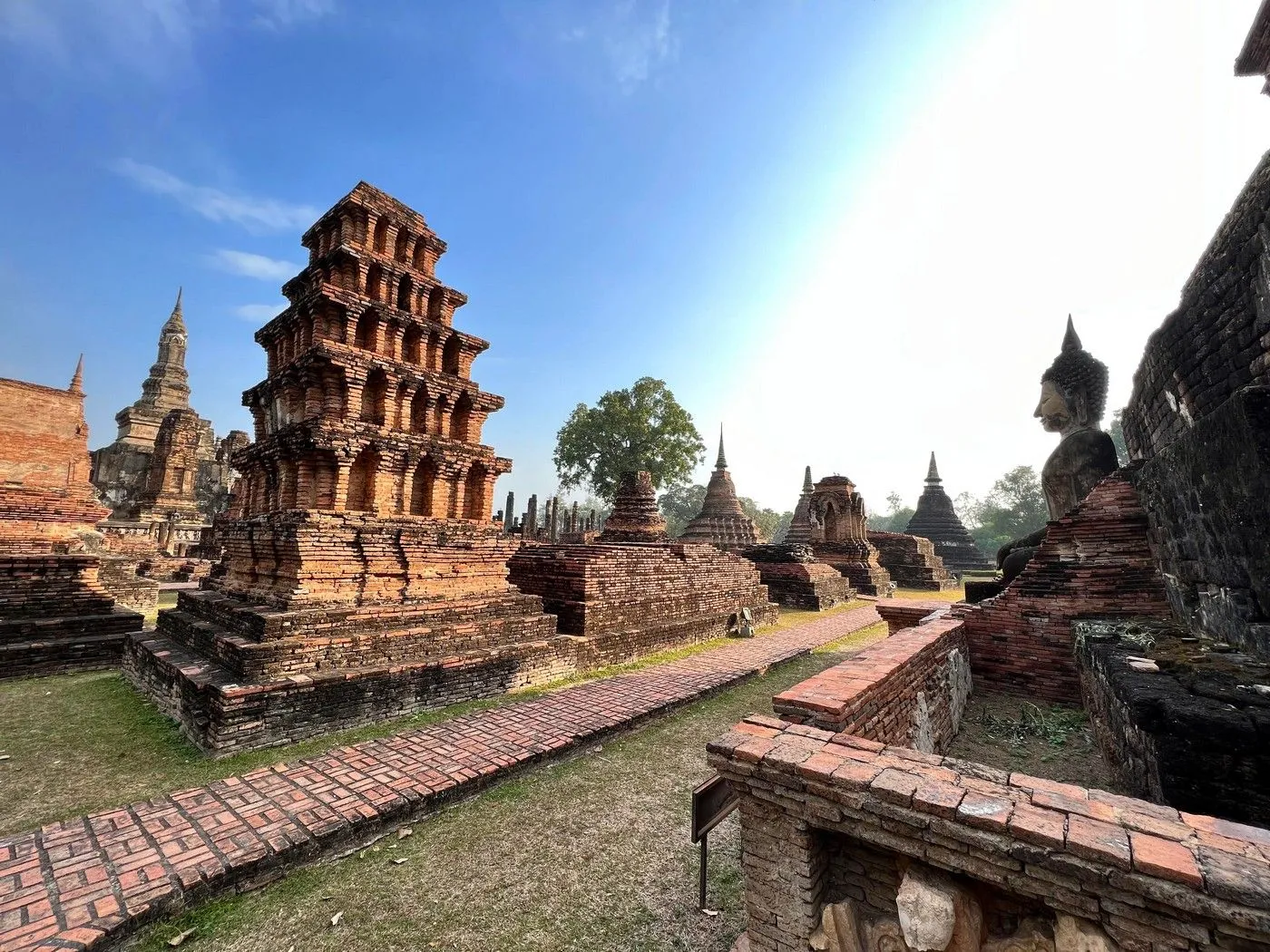
@seanbnyc/reddit.com
Visitors can explore the city’s ruins by bicycle, gliding past ancient monasteries and serene reservoirs. Sukhothai’s harmonious blend of nature and architecture makes it a must-visit for those seeking a glimpse into Thailand’s glorious past.
Bagan, Myanmar
At sunrise, Bagan’s horizon transforms into a mystical sea of golden and crimson, as hot air balloons drift above thousands of ancient temples. This sprawling archaeological wonderland, once the heart of the powerful Pagan Kingdom (9th–13th centuries), boasts over 2,000 surviving pagodas, stupas, and monasteries, many adorned with intricate carvings and fading frescoes.
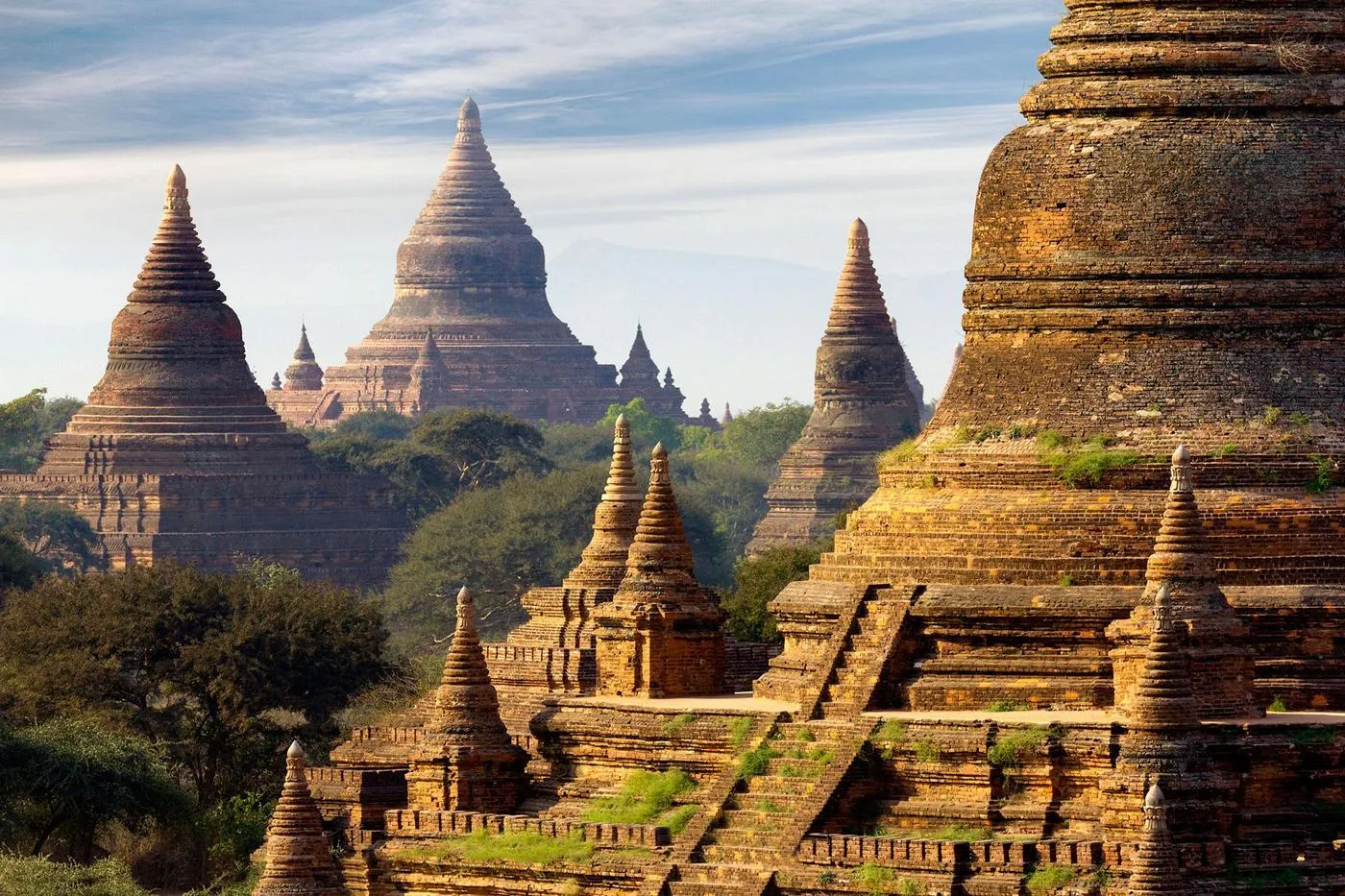
@IronThunder77/reddit.com
Bagan remains a place of worship, with monks and pilgrims still lighting candles and chanting prayers within these sacred halls. Highlights include the massive Dhammayangyi Temple, shrouded in legend, and Ananda Temple, a masterpiece of Mon architecture.
Uxmal, Mexico
This ancient Maya city, located in Mexico’s Yucatán Peninsula, is famed for its graceful architecture and intricate stone carvings, considered among the most refined of the Maya world. Uxmal’s layout follows the movements of the stars rather than rigid urban planning, giving it an organic, almost mystical quality.
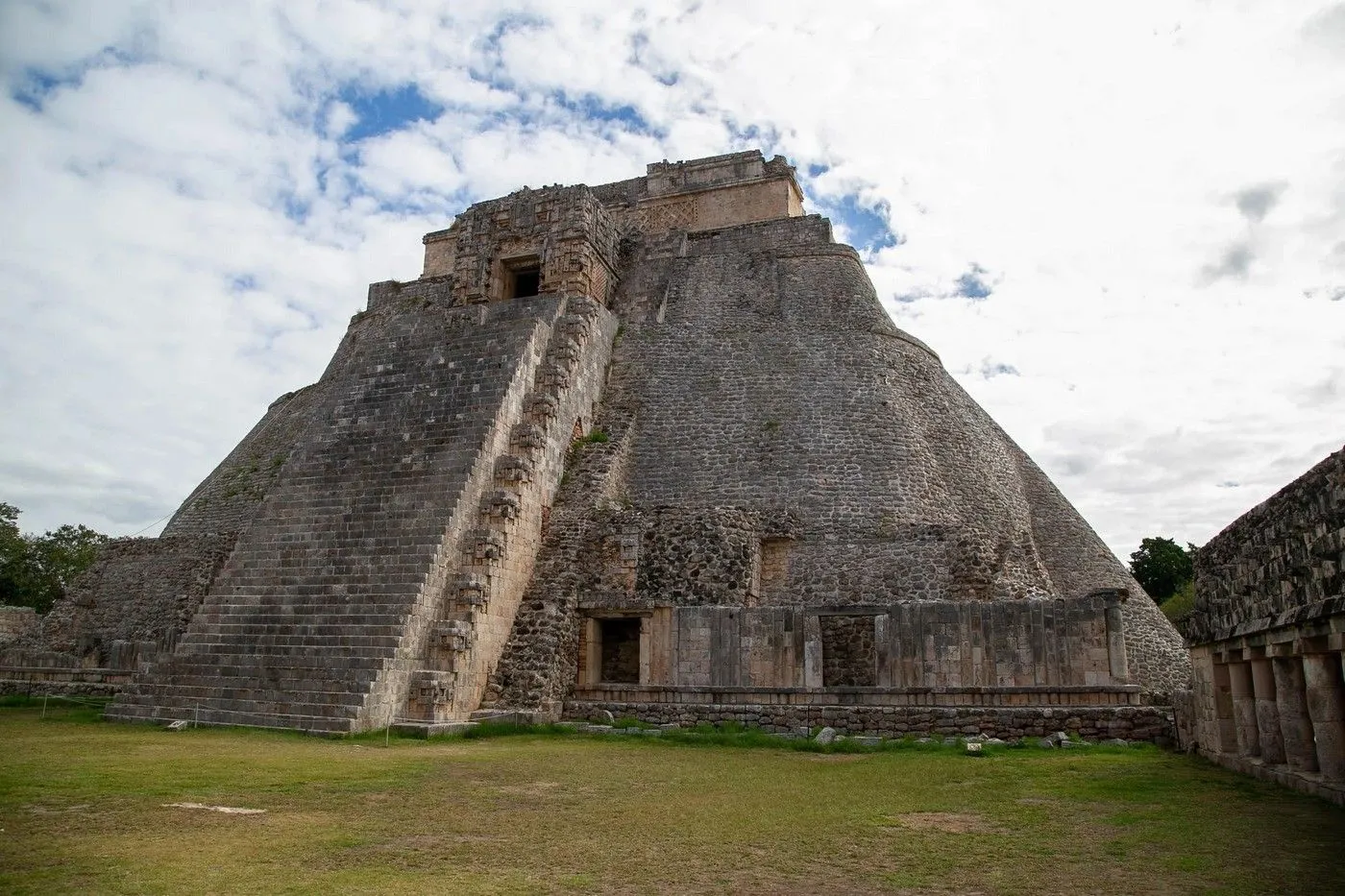
@Sam1967/reddit.com
The Pyramid of the Magician, with its unusual rounded corners and steep incline, dominates the skyline. According to legend, it was built overnight by a magical dwarf. The Governor’s Palace, adorned with thousands of exquisite carvings of serpents and celestial symbols, showcases the artistry of Maya builders. But what truly sets Uxmal apart is its atmosphere. Unlike the more commercialized sites, Uxmal feels secluded and serene.
Gobekli Tepe, Turkey
Long before the Egyptian pyramids or Stonehenge, an ancient civilization in southeastern Turkey built Gobekli Tepe—a sprawling complex of massive stone pillars carved with mysterious animals. Dating back to 9600 BCE, this site predates agriculture and challenges everything we thought we knew about early human societies.
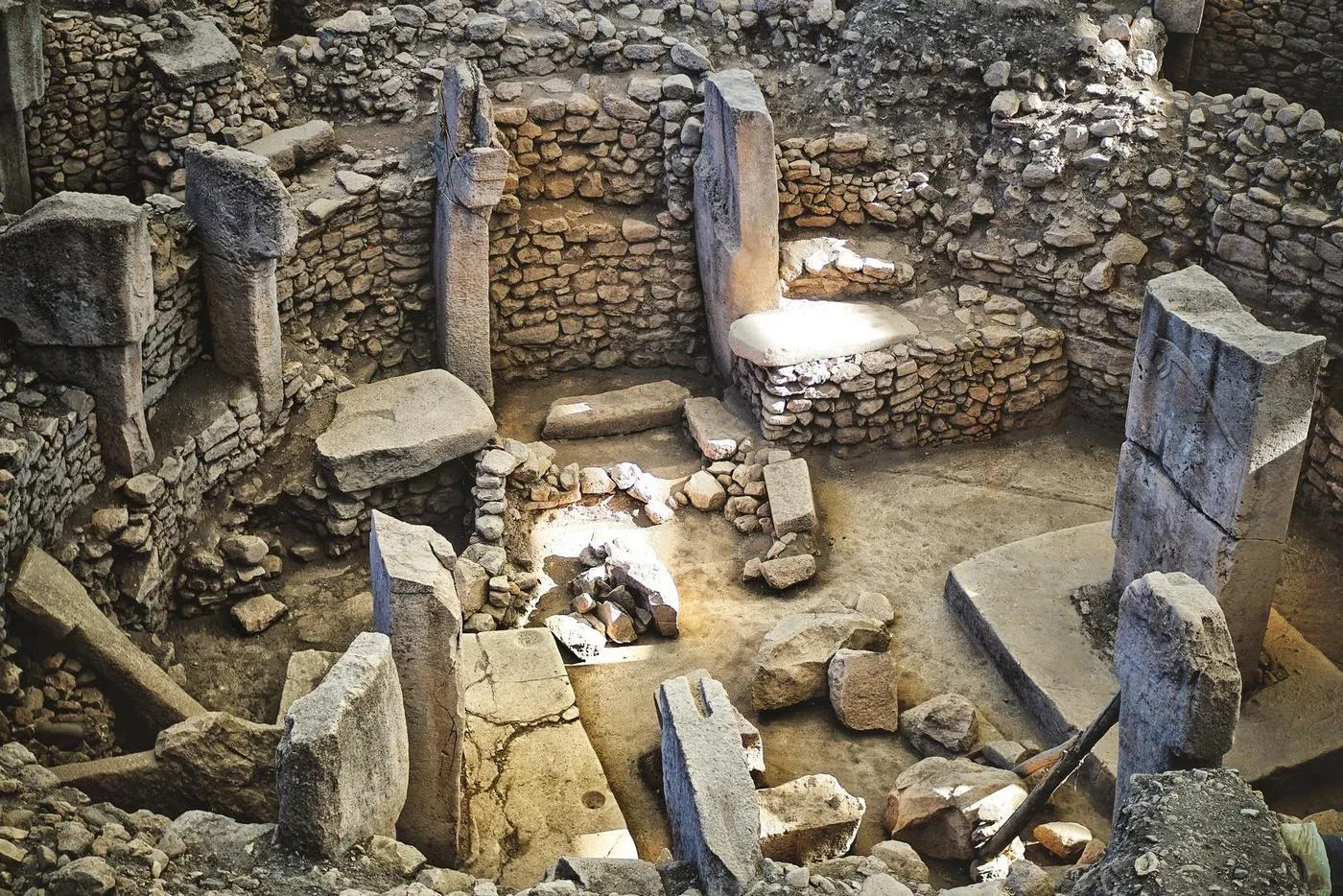
@intofarlands/reddit.com
Some believe it was a spiritual pilgrimage site, while others suggest it was the birthplace of organized religion itself. Unlike traditional cities, Gobekli Tepe lacks homes or streets but its towering T-shaped pillars—some weighing up to 16 tons—suggest a sophisticated society capable of incredible feats.
Mystras, Greece
Tucked into the rugged hills of the Peloponnesian peninsula, Mystras is a hauntingly beautiful Byzantine city. Founded in the 13th century by the Crusaders, it later became a flourishing cultural and political center of the Byzantine Empire, earning the nickname "The Wonder of the Morea."
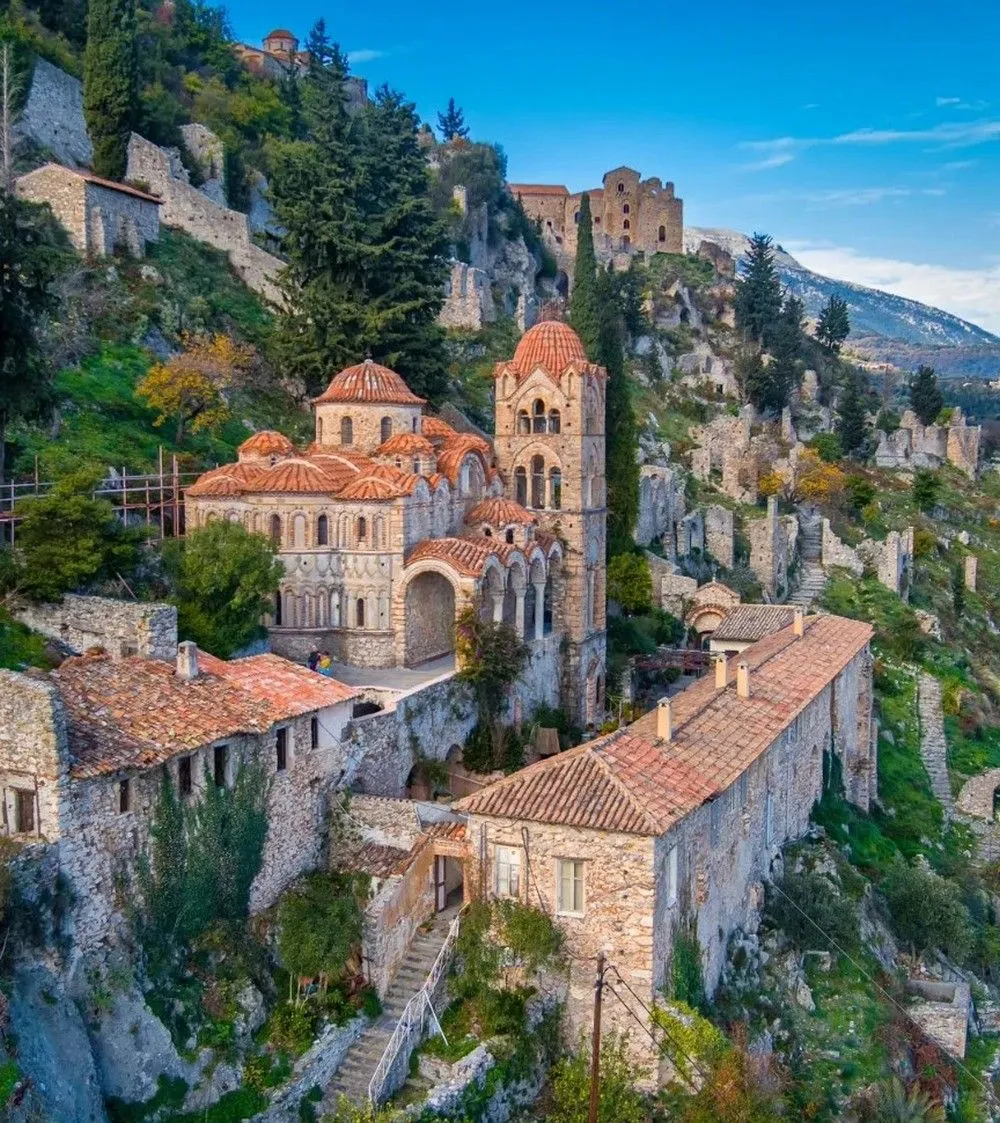
@Mediocre_Heart_3032/reddit.com
Today, its cascading ruins—fortresses, monasteries, and palaces—spill down the mountainside, their faded frescoes still whispering tales of emperors and scholars. The majestic Palace of the Despots, once home to Byzantine rulers, overlooks a labyrinth of stone pathways leading to hidden chapels and domed churches. One of the most breathtaking is the Church of Agios Demetrios.
Thonis-Heracleion, Egypt
For centuries, Thonis-Heracleion was thought to be nothing more than a myth—a lost Atlantis whispered about in ancient texts. Then, in 2000, explorers discovered its ruins beneath the Mediterranean Sea, off the coast of Egypt. Once a bustling trade hub in the Nile Delta, this city thrived for over a thousand years before disappearing beneath the waves due to earthquakes and rising waters.
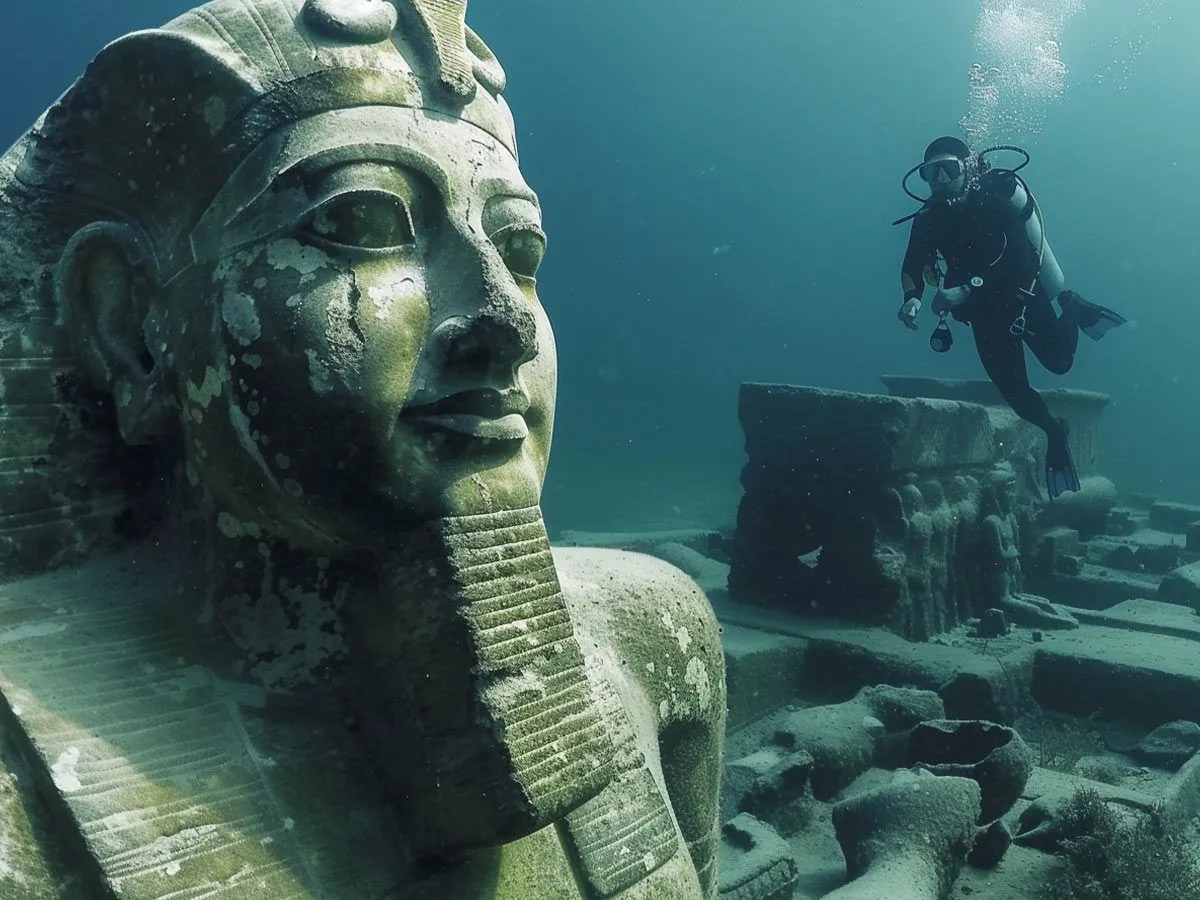
@30 Hauntingly Bizarre Things in the Ocean Depths/alot.com
Today, divers can explore its submerged temples, colossal statues of gods and pharaohs, and even the remains of grand avenues where merchants once strolled. Artifacts recovered from the seabed, including enormous inscribed stele and gold treasures, reveal the city's importance in both Egyptian and Greek history.
Dougga, Tunisia
Once a thriving Punic-Berber settlement, Dougga flourished under Roman rule, becoming a hub of culture and commerce. The city boasts an array of remarkably intact structures, from the theater—still used for performances today—to the Capitol, a towering temple dedicated to Jupiter, Juno, and Minerva.
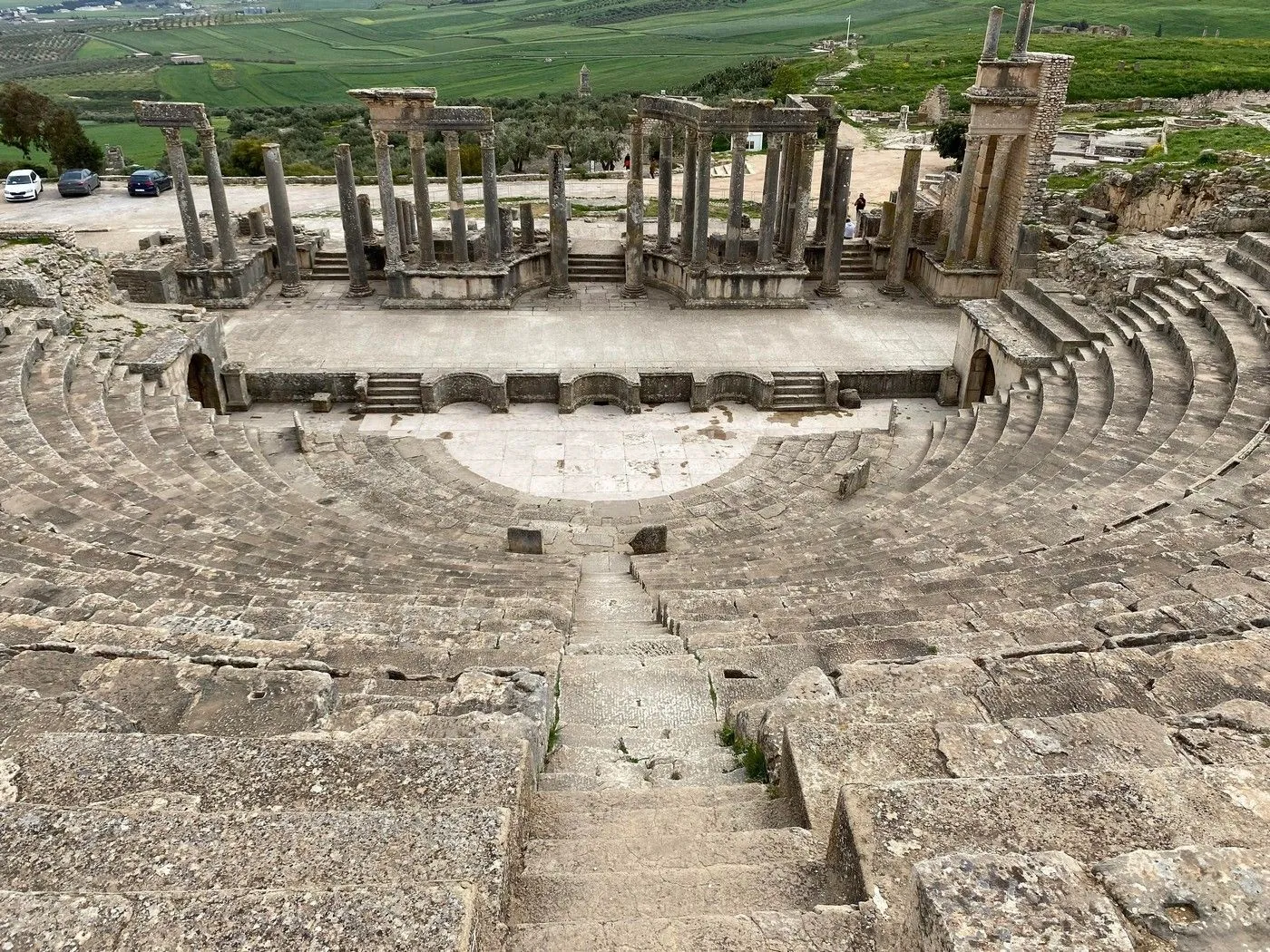
@Rockstaryihaw/reddit.com
The Lybico-Punic Mausoleum, a rare remnant of the region’s pre-Roman past, stands as a testament to Dougga’s multicultural heritage. What makes Dougga truly magical is its setting. Unlike many ancient ruins enclosed in modern cities, here, time stands still.
Polonnaruwa, Sri Lanka
Polonnaruwa feels like a place of royal ambition. The Royal Palace of King Parakramabahu I, a vast complex of towering walls and intricate carvings, reveals the power of a ruler who envisioned a city of greatness. The Gal Vihara, with its colossal Buddha statues carved directly into the rock, is a masterpiece of spiritual devotion.
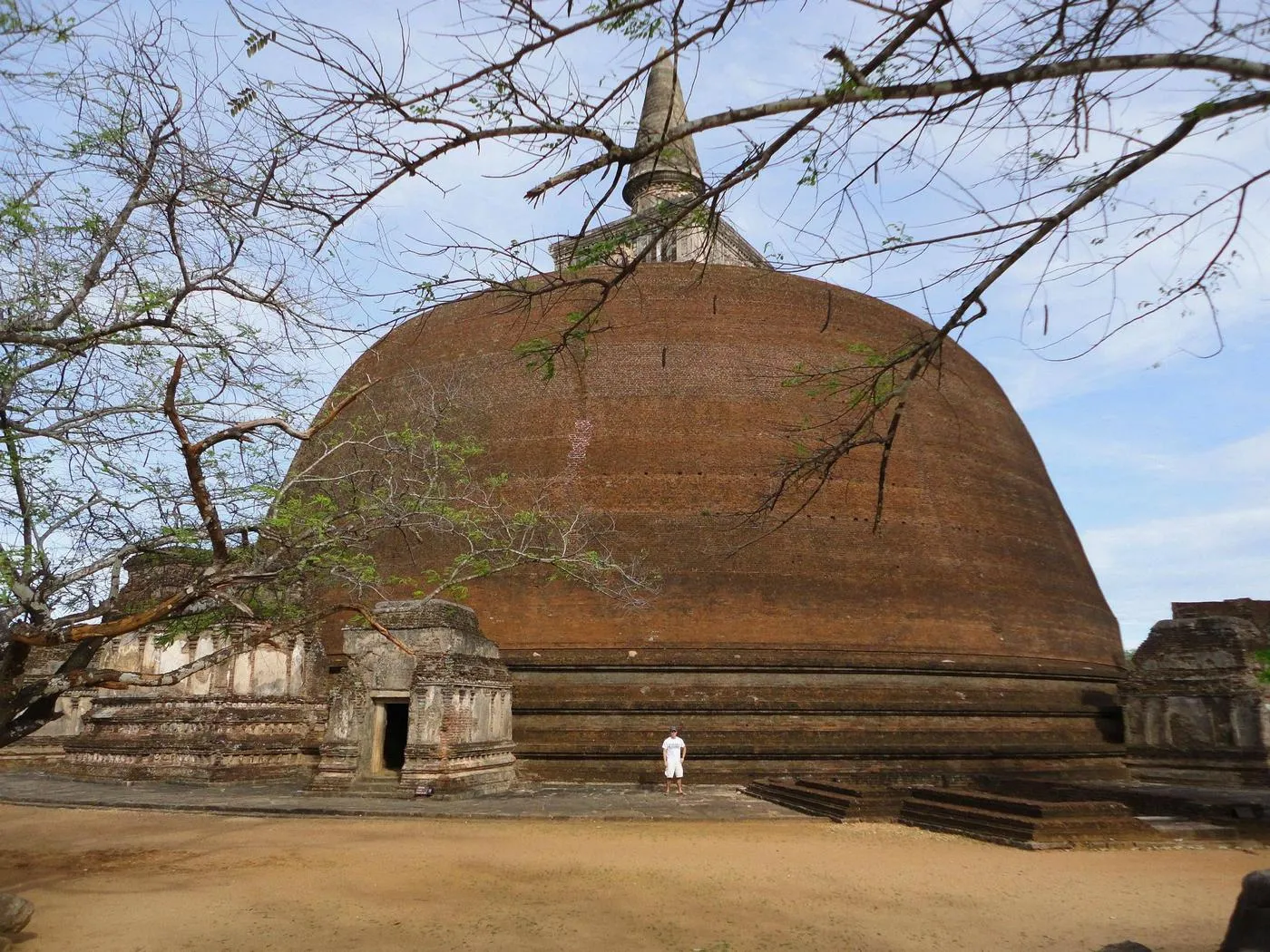
@[deleted]/reddit.com
But Polonnaruwa isn’t just about temples and palaces. The city was an engineering marvel, featuring an advanced irrigation system that supported a thriving population. The Parakrama Samudra, a vast man-made reservoir, still provides water to the region today, a testament to the ingenuity of its builders.
Sbeitla, Tunisia
What makes Sbeitla unique is its nearly perfect Capitoline Triad Temples, dedicated to Jupiter, Juno, and Minerva. Sbeitla’s temples stand separately, allowing each structure to shine against the backdrop of the endless sky. The Arch of Diocletian, still standing proudly, welcomes visitors into a city that once bustled with life.
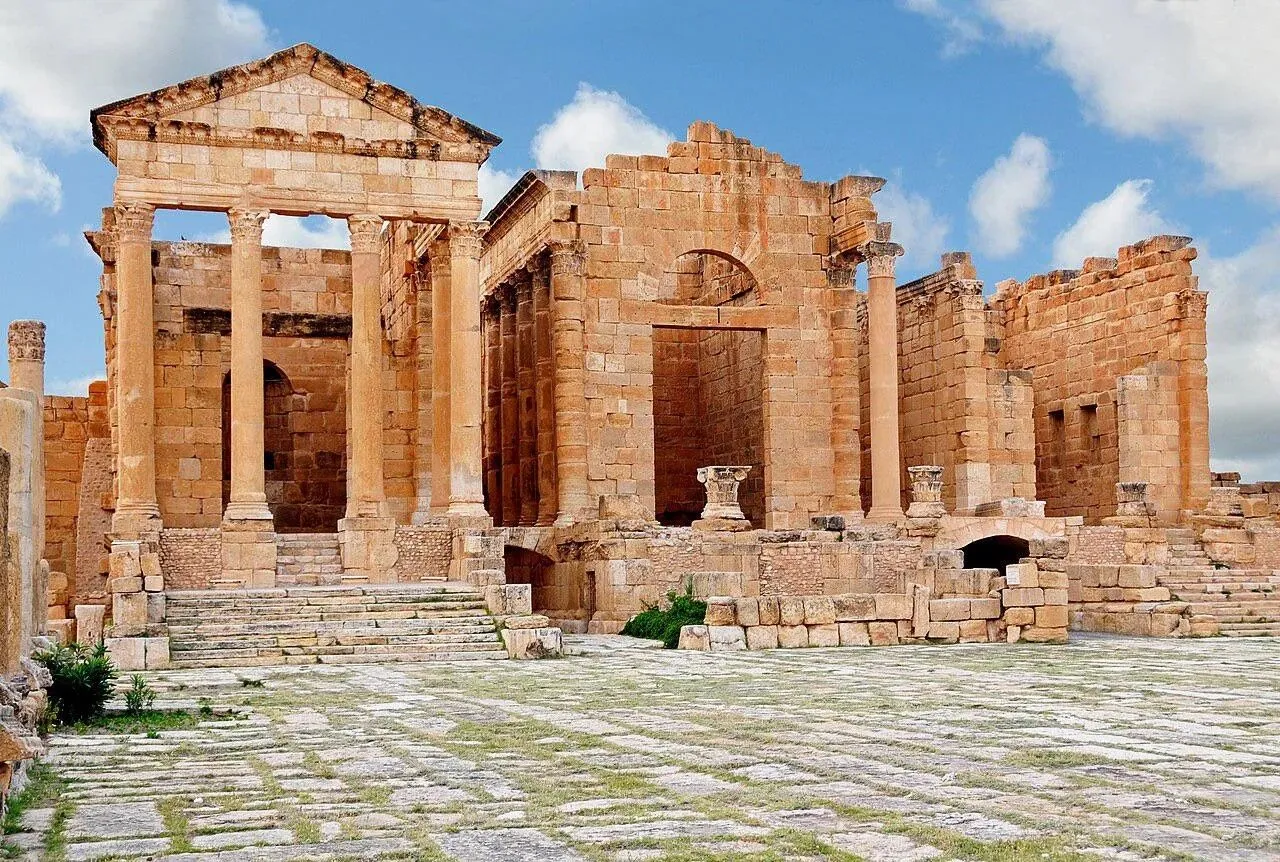
@WayGroundbreaking595/reddit.com
Wander through the remains of the Forum, touch the sun-warmed stones of the public baths, and admire the intricate mosaic floors that still retain their vibrant colors. The nearby Christian basilicas tell of a later era when Rome’s pagan gods gave way to Christianity, their columns and baptisteries still remarkably intact.
Taxila, Pakistan
Taxila is an archaeological gem that showcases the confluence of multiple cultures. Located in present-day Pakistan, it was an important center of learning and trade on the ancient Silk Road. The city has ruins from different eras, including the Gandhara period. The archaeological site of Taxila contains stupas, monasteries, and ancient settlements.
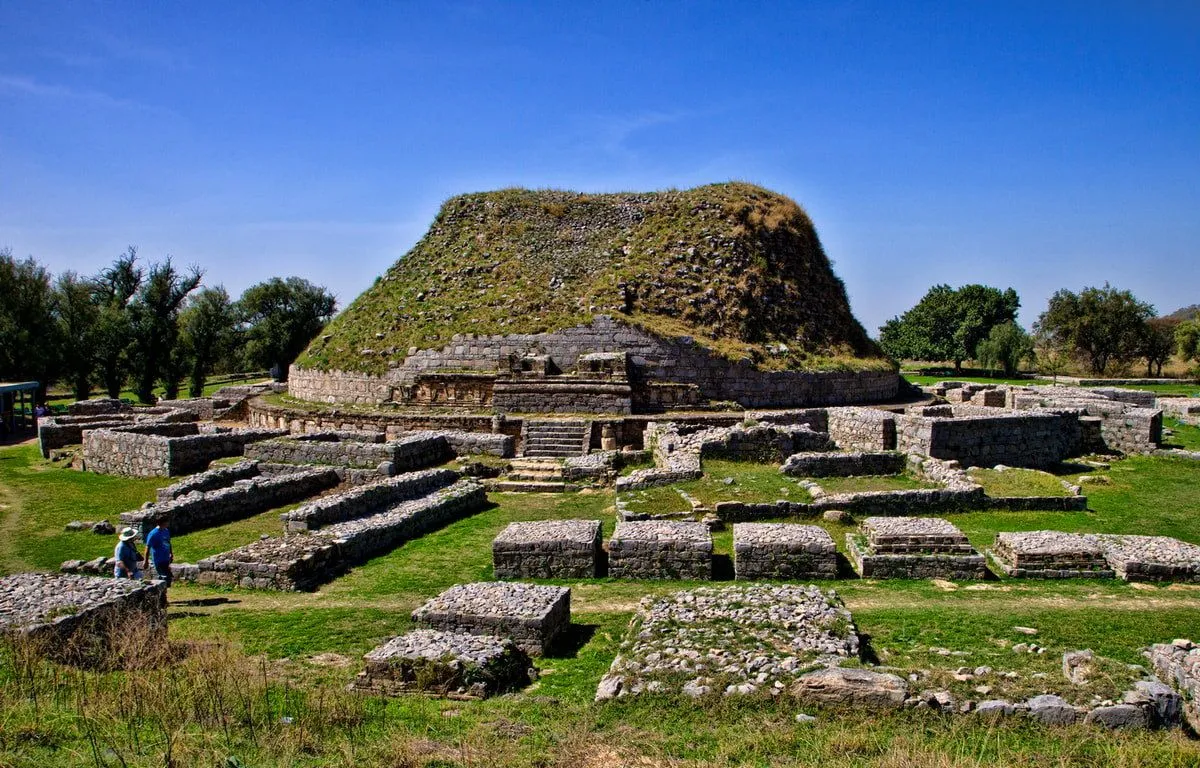
@koratw18/reddit.com
The Dharmarajika Stupa, one of the oldest in the region, is a sight to behold. It was a place where Buddhist scholars from across Asia would gather to study and debate. As you explore Taxila, you can trace the footsteps of Alexander the Great, who passed through this city, and see how different civilizations left their mark over time.
Baelo Claudia, Spain
Baelo Claudia was a Roman port city on the southern coast of Spain. Its ruins are remarkably well-preserved, offering a vivid picture of Roman life. The city had a large forum, baths, and a theater that could seat thousands. The port area, with its remains of docks and warehouses, testifies to its importance in Roman trade.
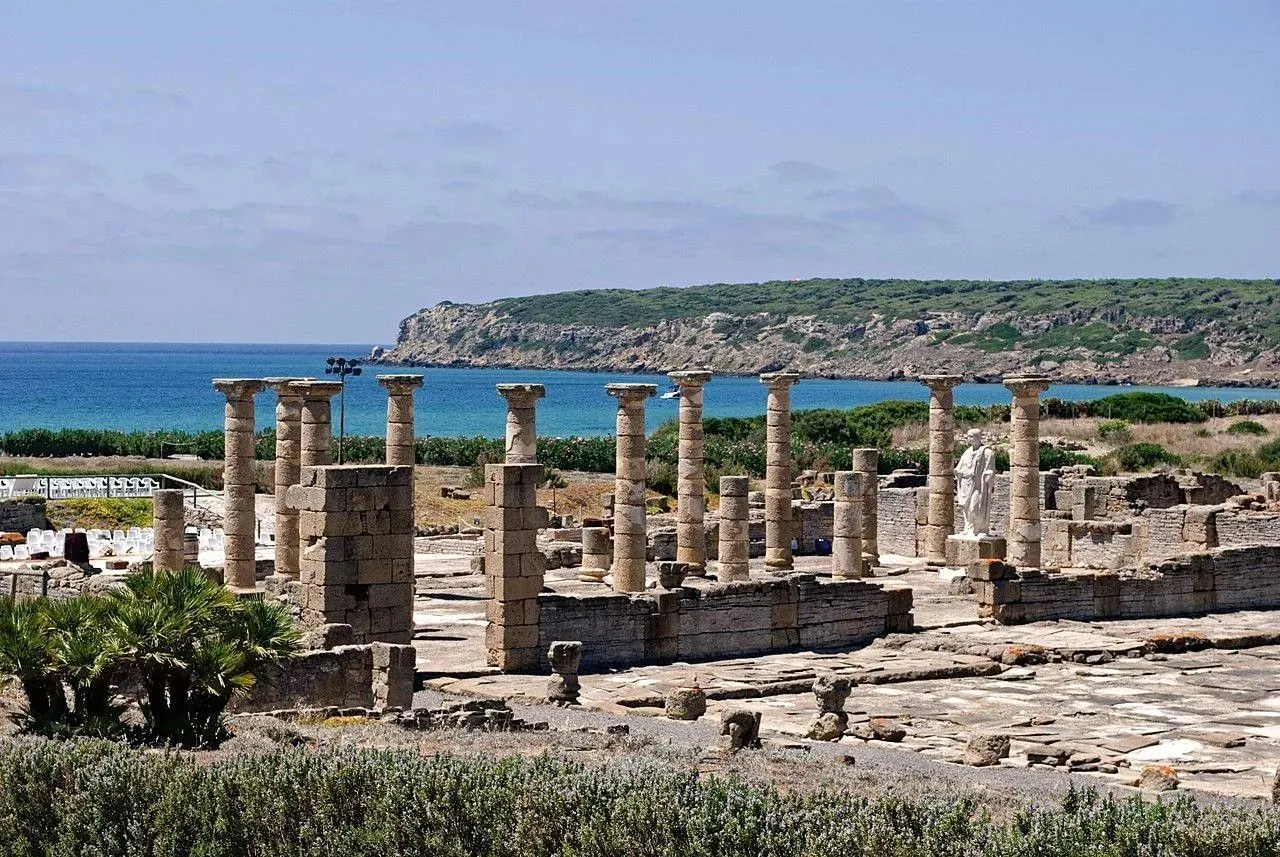
@tabbbb57/reddit.com
What sets Baelo Claudia apart is the beautiful location, with the Mediterranean Sea as a backdrop. The site also has a small museum where artifacts found on-site are displayed, providing more insights into this ancient Roman outpost.
Butrint, Albania
Tucked away on Albania’s Ionian coast, Butrint is a mesmerizing mix of Greek, Roman, Byzantine, and Venetian influences. This UNESCO-listed site, once a thriving city, now stands as a hauntingly beautiful ruin, embraced by nature. Founded by the Greeks in the 8th century BCE, Butrint became a prosperous Roman colony before transitioning into a Byzantine stronghold.
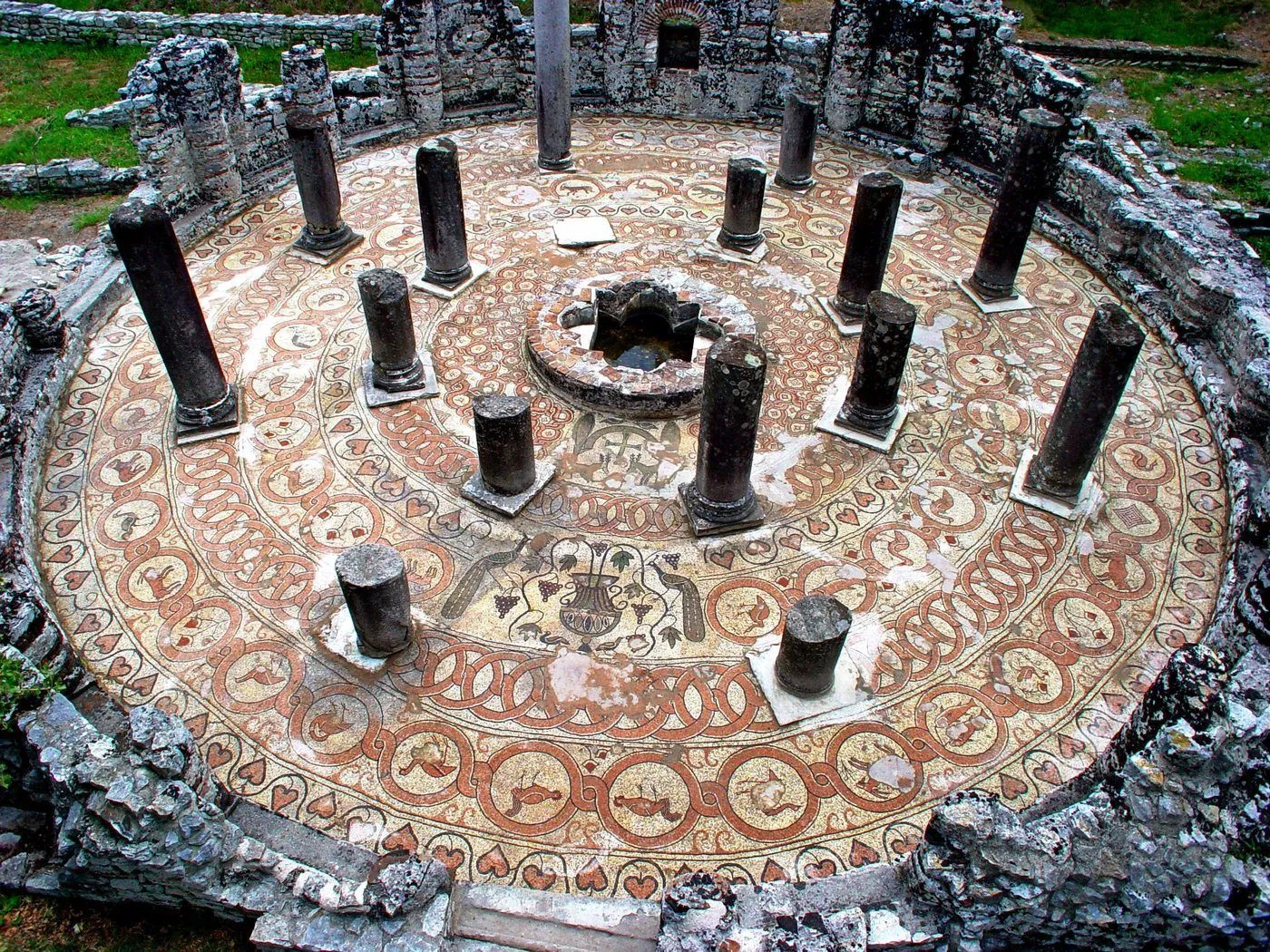
@Fuckoff555/reddit.com
As you wander through its remains, you’ll discover the ancient theater, where echoes of performances still seem to linger, and the Baptistery, with its stunning mosaic floor. The Lion Gate, named after a carved relief depicting a lion devouring a bull, speaks to the city’s mythical past.
Mada’in Saleh, Saudi Arabia
Carved into the heart of the Arabian desert, Mada’in Saleh is one of the world’s most stunning yet least-visited ancient cities. Once a flourishing Nabataean settlement, it shares striking similarities with Jordan’s famous Petra—yet here, the silence of the desert enhances its mystique.
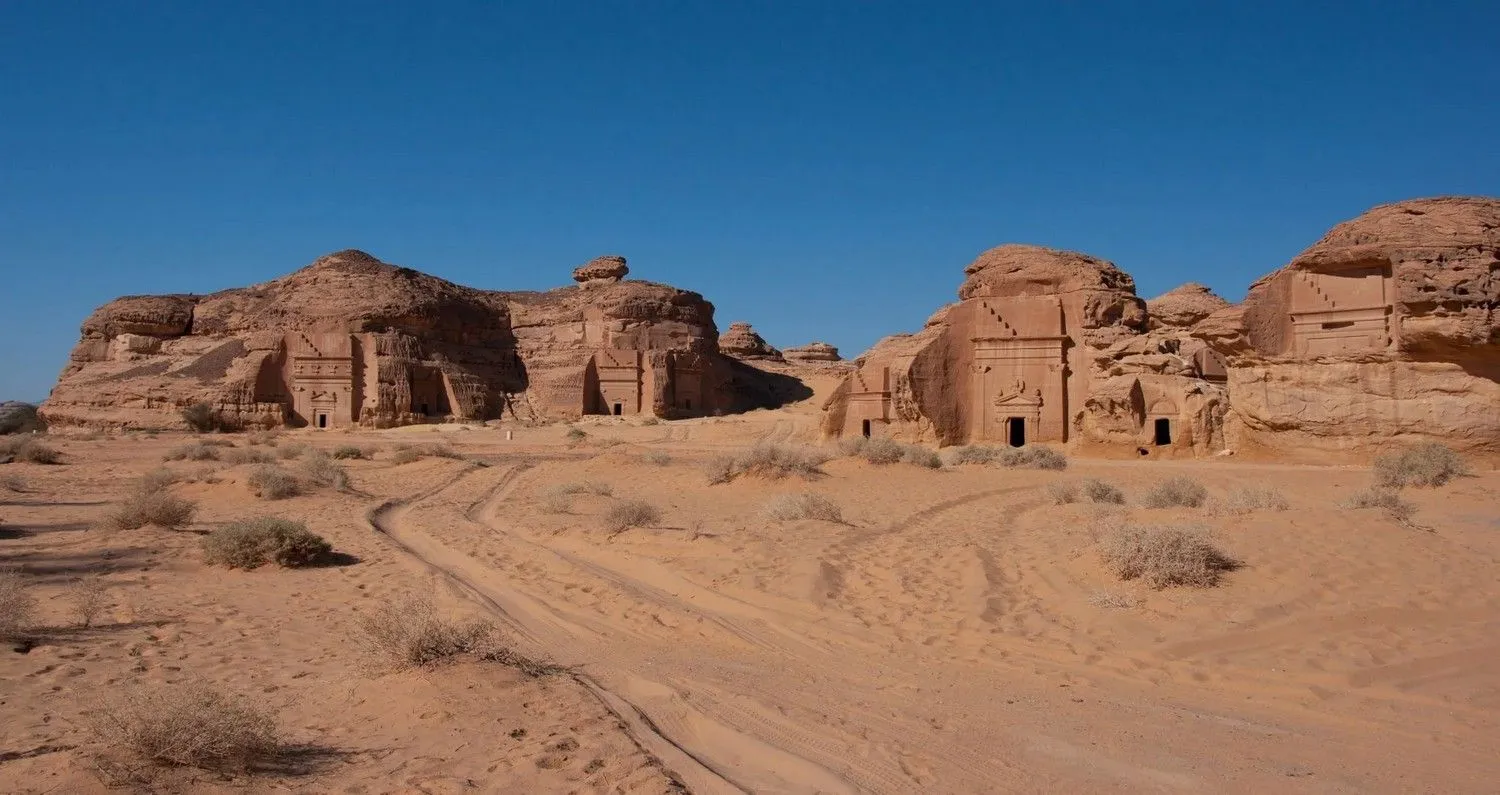
@historio-detective/reddit.com
Monolithic tombs, adorned with intricate carvings, rise from the sands, their facades frozen in time. The Qasr al-Farid, a lone rock-cut tomb, stands as a breathtaking testament to Nabataean craftsmanship. Meanwhile, the ancient wells and water channels reveal the ingenuity of a people who thrived in the unforgiving desert.
Volubilis, Morocco
Emerging from the rolling hills of northern Morocco, Volubilis is a striking testament to the Roman Empire’s farthest reaches. Its remarkably preserved ruins stand in stark contrast to the rugged landscape, offering an unforgettable journey into antiquity.
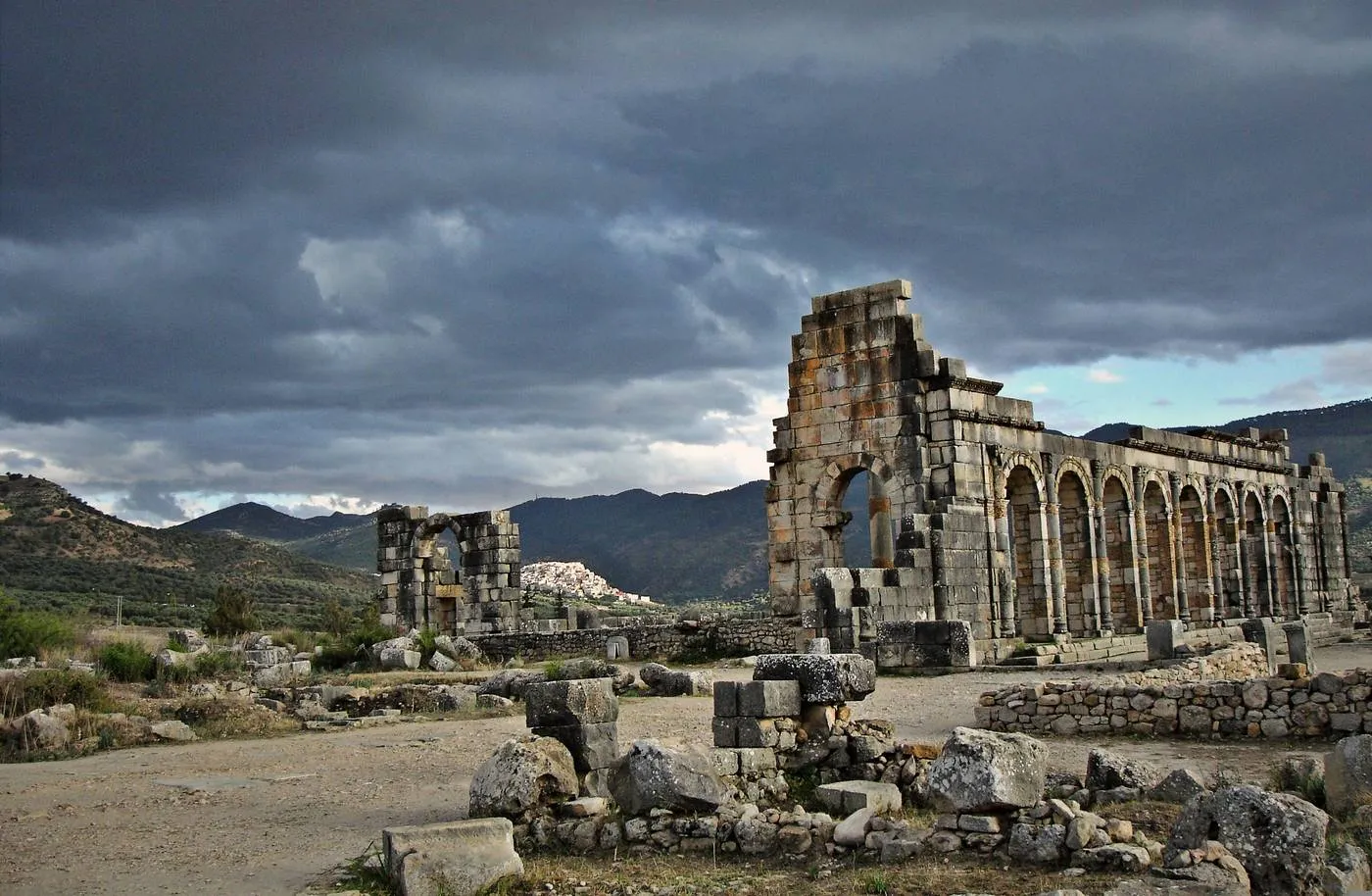
@TirKairi/reddit.com
Volubilis flourished in the 2nd and 3rd centuries CE, supplying Rome with olive oil and grain. The triumphal arch of Caracalla still stands proudly, framing the sky with its grandeur. The House of Orpheus boasts intricate mosaics depicting mythological scenes, some of the best-preserved in North Africa.
Apamea, Syria
Once a thriving center of commerce and philosophy, Apamea in Syria was a jewel of the Seleucid and later Roman empires. Its most remarkable feature is its grand colonnaded street, stretching over two kilometers, lined with towering Corinthian columns.
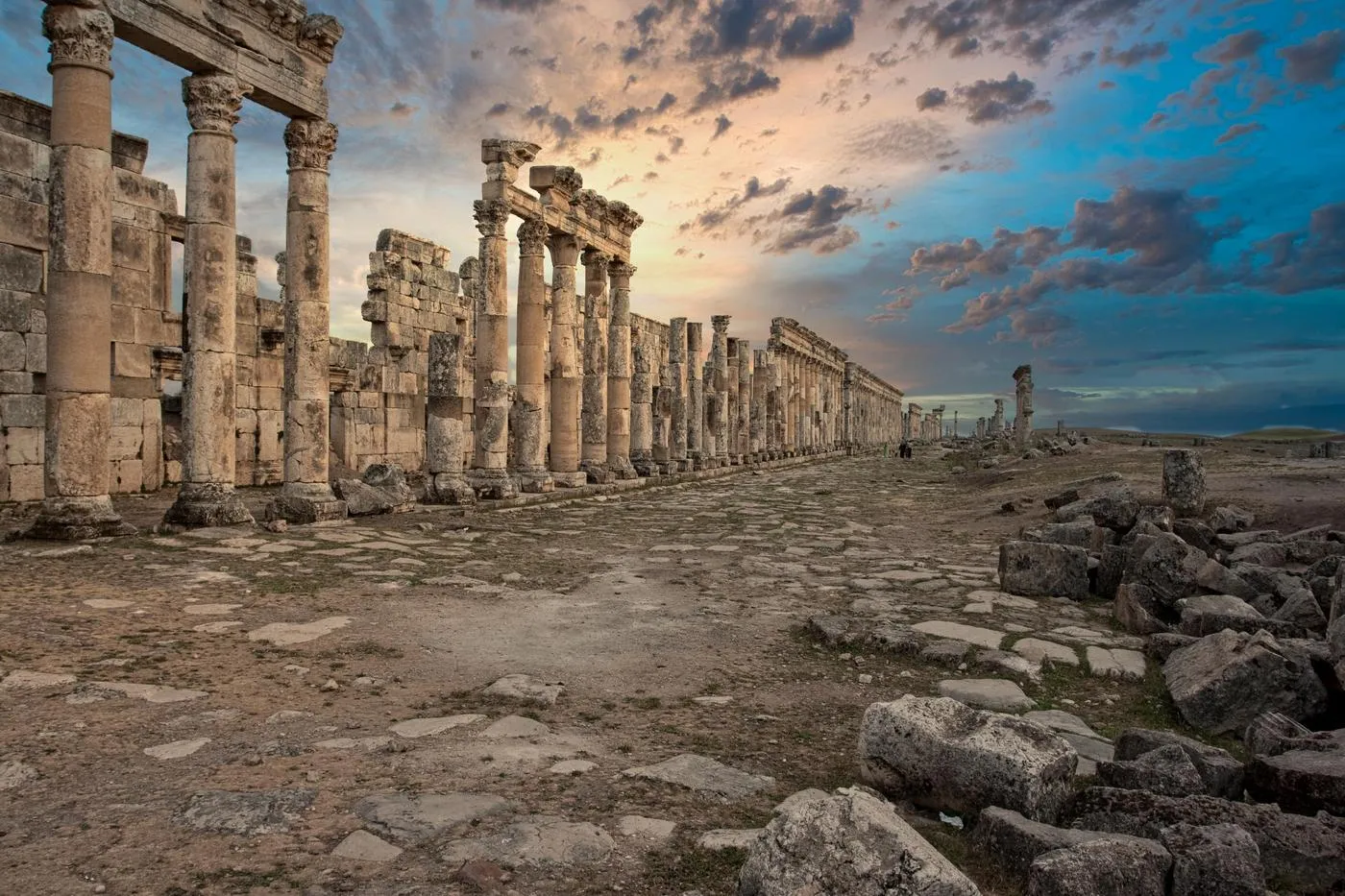
@electricl30/reddit.com
In its prime, Apamea was home to half a million people, a melting pot of Greek, Roman, and Middle Eastern cultures. The city’s bustling agora, theaters, and baths remain visible, hinting at a sophisticated urban life. Despite the turmoil of history, Apamea’s ruins exude an ethereal beauty, particularly at sunset.
Akragas, Italy
Standing atop the Sicilian hills, Akragas (modern-day Agrigento) was once one of the most powerful cities of Magna Graecia. Founded by Greek settlers in the 6th century BCE, it quickly blossomed into a city of immense wealth, adorned with grand avenues, vibrant marketplaces, and awe-inspiring temples dedicated to the gods.
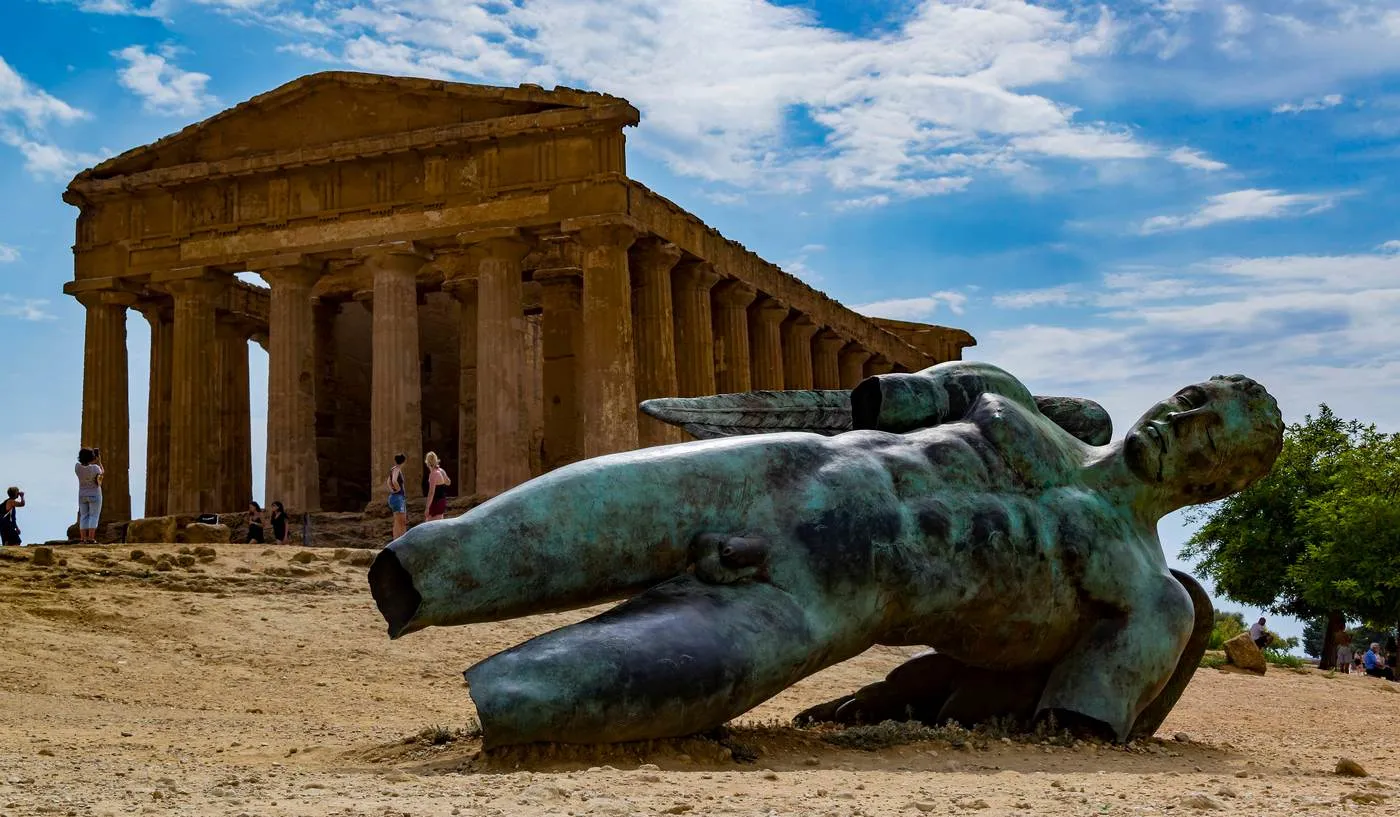
@gamakichi/reddit.com
Today, the Valley of the Temples remains its crowning glory, a sprawling complex of ancient wonders where the Temple of Concordia, with its near-perfect state of preservation, rivals the grandeur of Athens' Parthenon. Akragas was once described as "the most beautiful of mortal cities," and standing among its ruins, one can still feel the echoes of its former majesty.
Hattusa, Turkey
Hattusa was once the magnificent capital of the Hittite Empire, one of the great powers of the ancient world. The city flourished between the 17th and 12th centuries BCE, boasting monumental gates, intricate hieroglyphic inscriptions, and a masterful city layout.
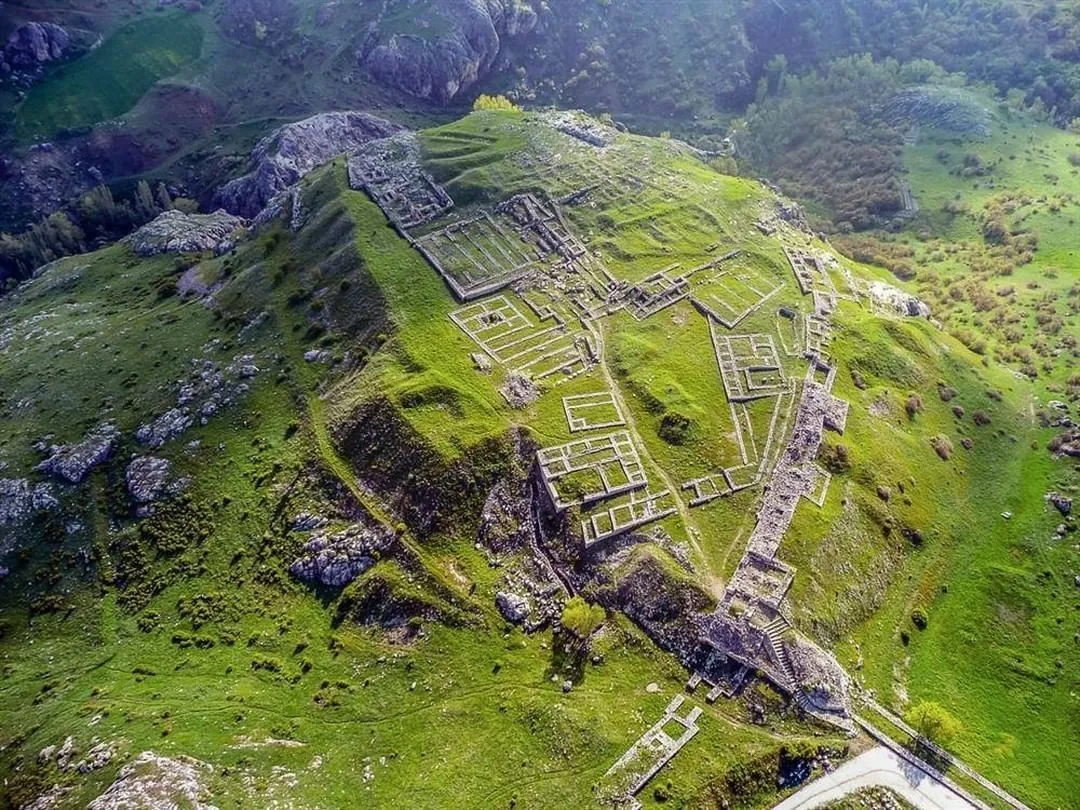
@SungGohkong/reddit.com
The Lion’s Gate and the Sphinx's Gate still stand as sentinels of its lost glory, while the remains of its great temple hint at the city's spiritual and political significance. The most striking feature of Hattusa is the Yazilikaya rock sanctuary, where mysterious carvings of Hittite deities seem to gaze at modern visitors with ancient wisdom.
Luxor, Egypt
To experience the majesty of ancient Egypt, step into Luxor, a city rightly called the world's greatest open-air museum. Nestled along the Nile River, this city was once the thriving heart of Thebes, the capital of the New Kingdom. The Karnak Temple Complex, with its towering columns and intricate hieroglyphs, is a testament to the architectural genius of the ancient Egyptians.
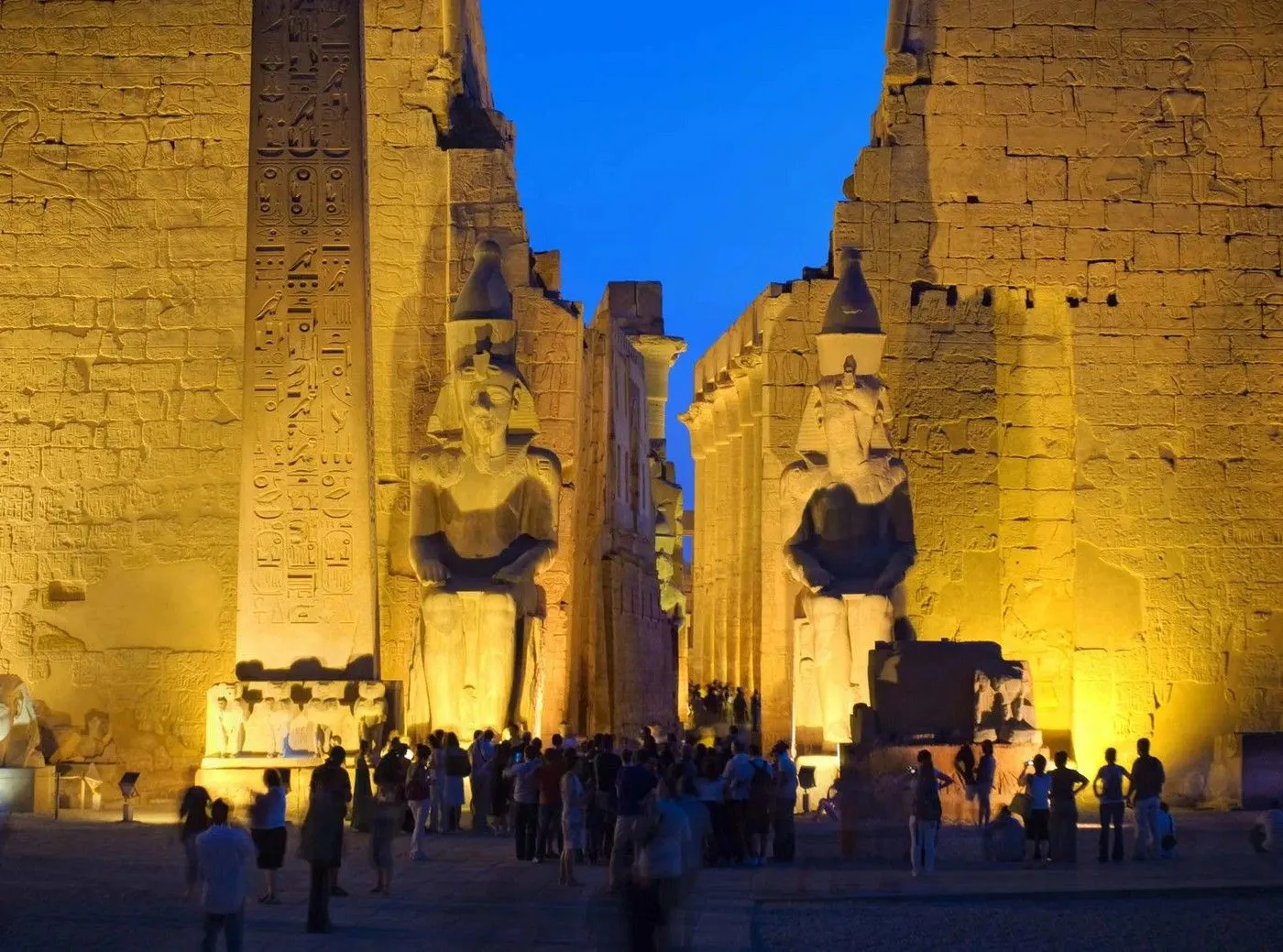
@Amona-saleh1/reddit.com
Just across the river lies the Valley of the Kings, where pharaohs like Tutankhamun were laid to rest in elaborately decorated tombs. As twilight descends, Luxor reveals another facet of its magic. The Luxor Temple, once shrouded in the day's heat, is transformed into a spectacle of light and shadow.
Nimrud, Iraq
Once the glittering capital of the Assyrian Empire, Nimrud is a city that speaks of power, wealth, and tragedy. Nimrud was adorned with grand palaces, temples, and colossal statues of winged bulls known as lamassu. The city’s treasures, including intricate ivory carvings and gold jewelry, are a testament to the Assyrians’ artistic prowess.
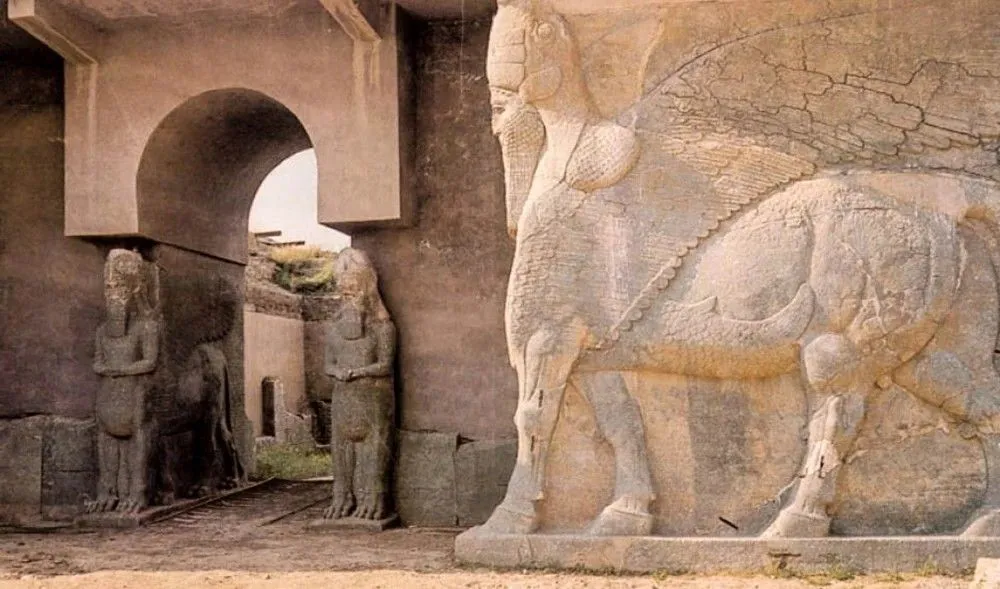
@Iraqis Mourn Destruction of Ancient City of Nimrud/nbcnews.com
Sadly, much of Nimrud was destroyed by ISIS in 2015 but efforts are underway to restore and preserve what remains. Though shattered by violence, the remnants of Nimrud, scarred but not silenced, still whisper tales of a powerful past.
Sacsayhuaman, Peru
Sacsayhuaman, a stone giant perched above Cusco, is a whisper of Inca power etched into the Andean landscape. Imagine a fortress born of impossibly large limestone blocks, each a puzzle piece fitted with breathtaking accuracy, defying the very limits of human capability. The walls mimic the puma's teeth, a sacred symbol guarding the heart of their empire.
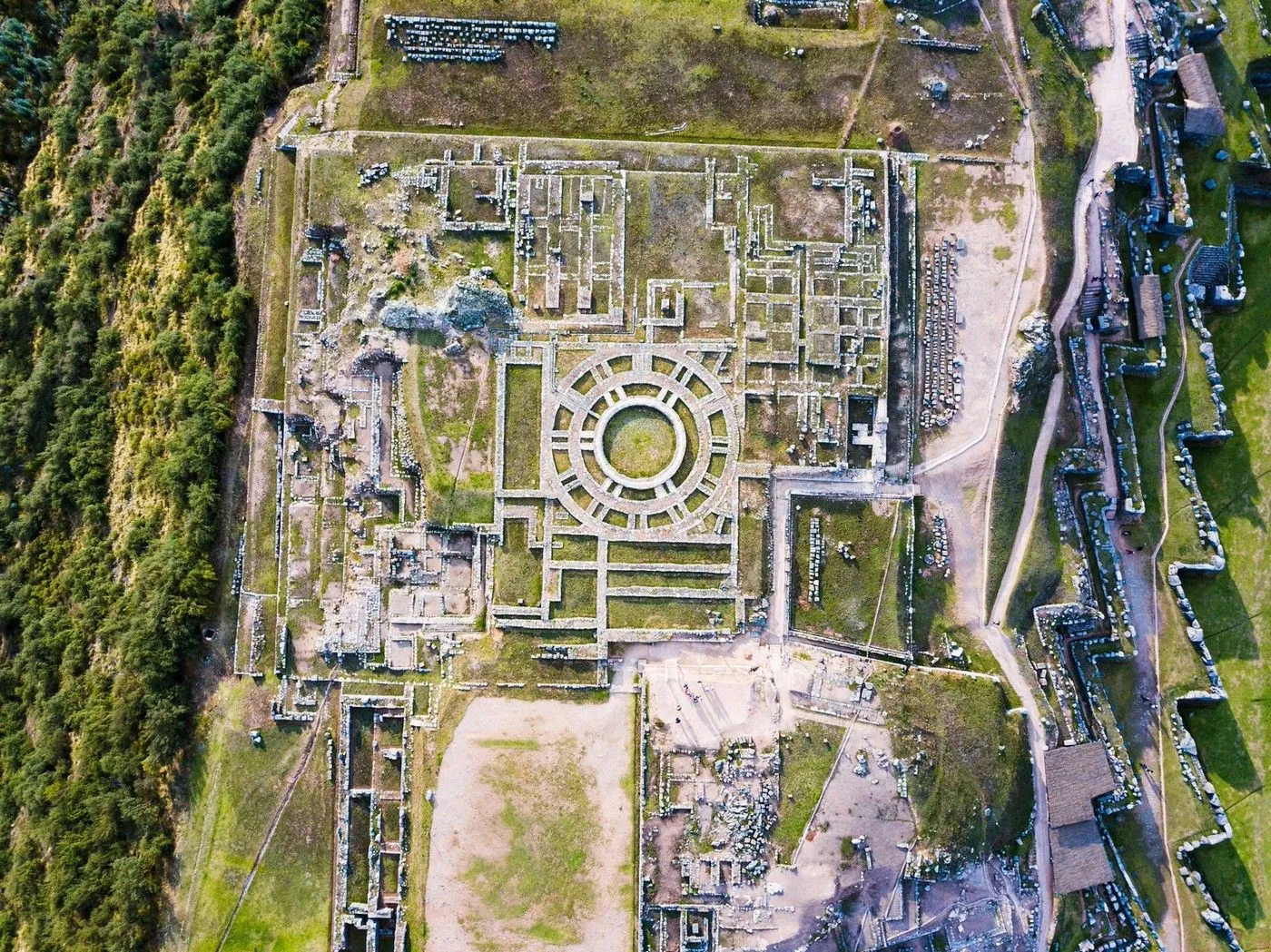
@rockystl/reddit.com
Beyond its military might, Sacsayhuaman held spiritual weight, a stage for rituals honoring Inti, the life-giving sun. From its heights, the sprawl of Cusco and the majestic Andes unfold, a vista where the echoes of a lost civilization blend seamlessly with the timeless grandeur of the mountains.
Varanasi, India
Varanasi is one of the oldest continuously inhabited cities in the world, and it's definitely got a strong spiritual vibe. The Ganges River is central to everything, with people performing all sorts of rituals on the ghats. Every evening, the Ganga Aarti ceremony happens, which is a big, fiery religious event.
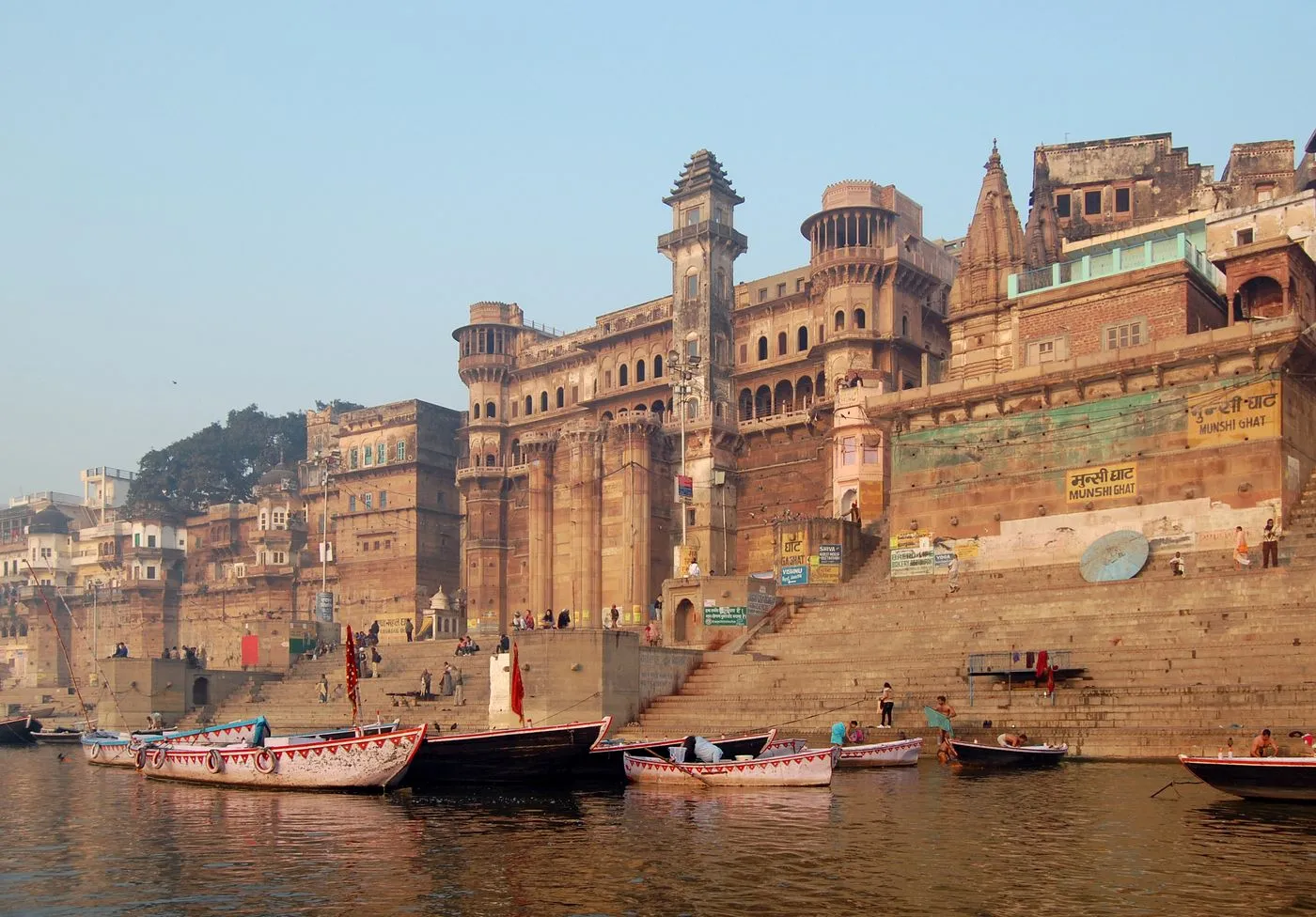
@Pi31415926/reddit.com
The old city is a maze of narrow streets, packed with temples and shrines. You'll see a real mix of life and death here, it's a place where you can really feel the city's long history. You'll hear chanting and see rituals happening constantly. The city has a lot of religious importance, it's a place where people go to find peace or to fulfill religious obligations.
Palenque, Mexico
Palenque, located in the Mexican state of Chiapas, is a renowned archaeological site that offers a captivating glimpse into the ancient Mayan civilization. The city flourished during the Classic period, around 600-800 AD, under the rule of notable figures like Pakal the Great and his son, Kan Balam.
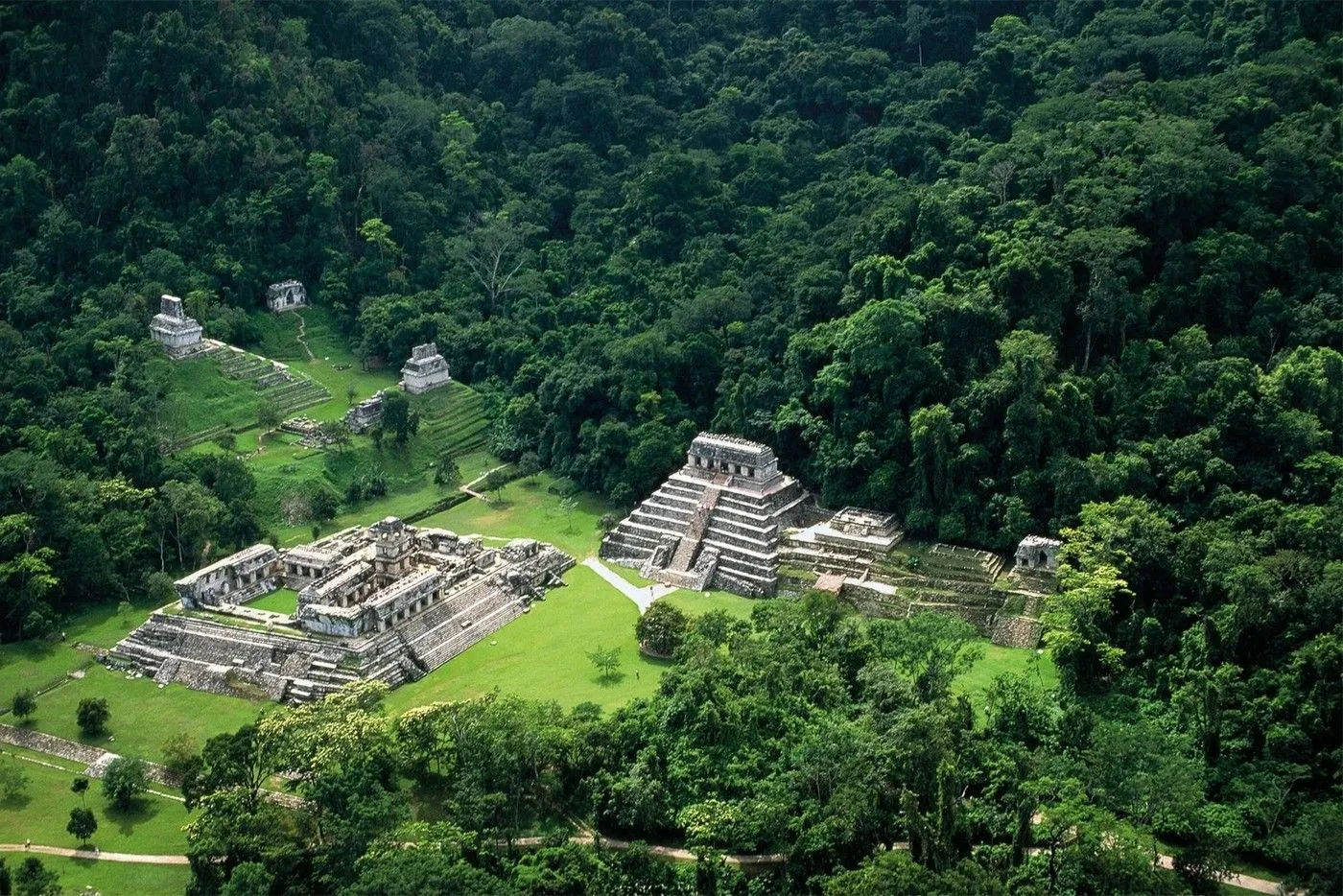
@rockystl/reddit.com
Their reign saw the construction of some of Palenque's most iconic structures, including the Temple of the Inscriptions, which houses Pakal's elaborate sarcophagus, adorned with detailed carvings depicting Mayan cosmology. Beyond its architectural significance, Palenque is also notable for its advancements in astronomy and mathematics.
Paphos, Cyprus
Paphos, the ancient capital of Cyprus, is a city steeped in mythology and history. According to legend, it was the birthplace of Aphrodite, the goddess of love and beauty. The Paphos Archaeological Park is a UNESCO World Heritage site, home to remarkable mosaics and the remains of villas, theaters, and tombs.
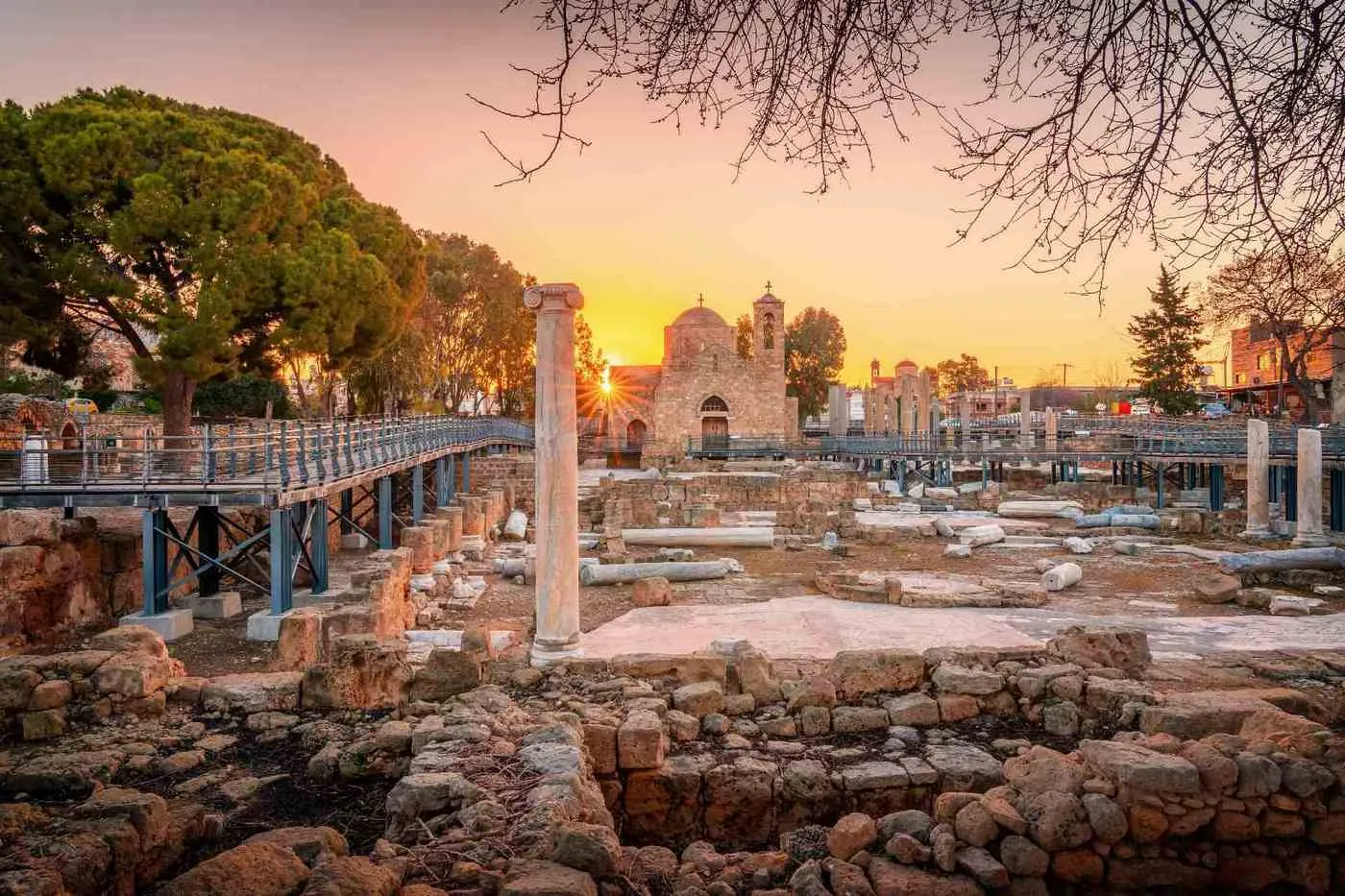
@universal/cyprus-villa-retreats.com
The Tomb of the Kings, a vast necropolis, offers a poignant glimpse into the city's past. But Paphos' allure extends beyond its historical sites. The city's natural beauty is equally captivating, with pristine beaches and crystal-clear waters that invite visitors to relax and unwind.
Pueblo Bonito, United States
Pueblo Bonito, which translates to "beautiful town" in Spanish, is a sprawling complex of intricately designed buildings that once housed hundreds of people. This ancient metropolis, constructed between 850 and 1150 AD, is one of the most impressive and well-preserved examples of pre-Columbian architecture in the United States.
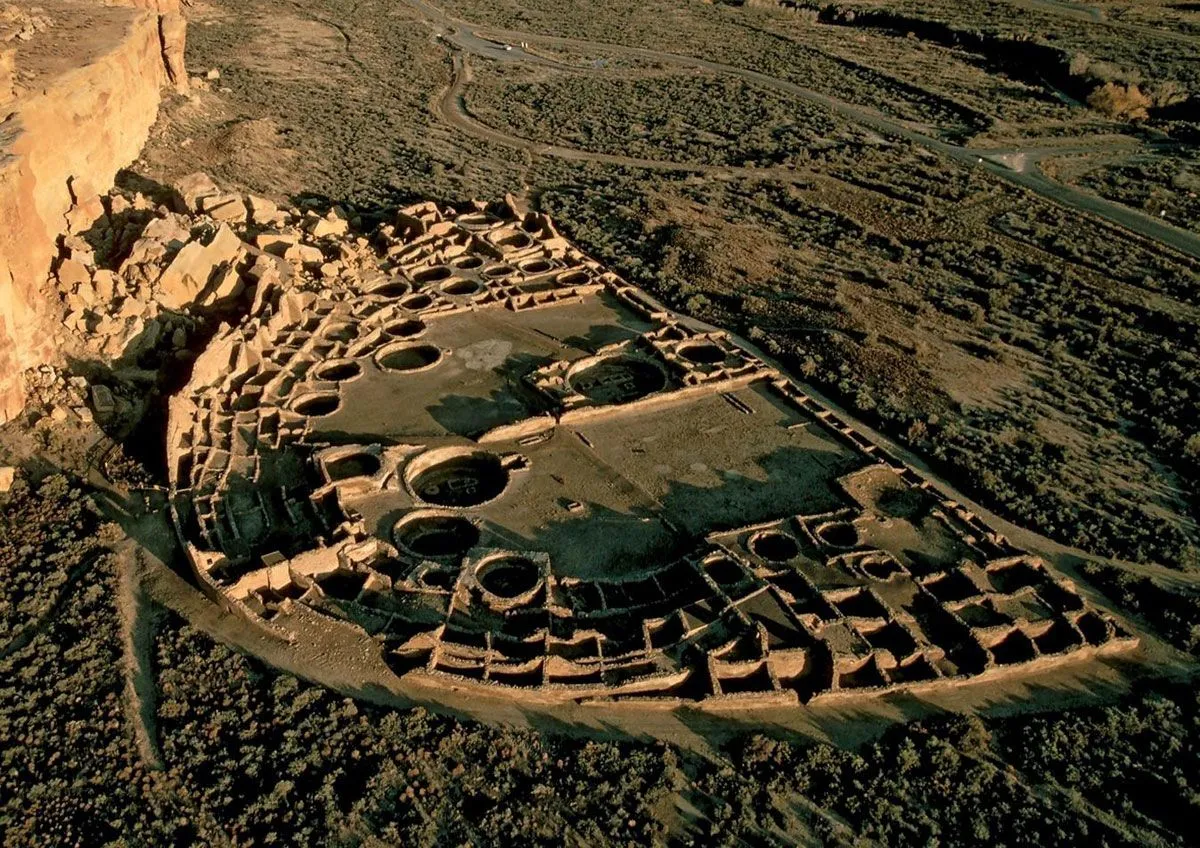
@kingsocarso/reddit.com
One of the most striking features of Pueblo Bonito is its D-shaped layout, which is believed to have been influenced by astronomical alignments. The complex is oriented to capture the solstice sunrises and sunsets, highlighting the advanced astronomical knowledge of its builders.
Nara, Japan
As the capital of Japan from 710 to 794, Nara is home to some of the country's most revered historical sites. One of Nara's most iconic landmarks is Todai-ji Temple, which houses the world's largest bronze Buddha statue. Nara Park, adjacent to Todai-ji, is famous for its friendly deer, which roam freely and are considered sacred messengers of the Shinto gods.
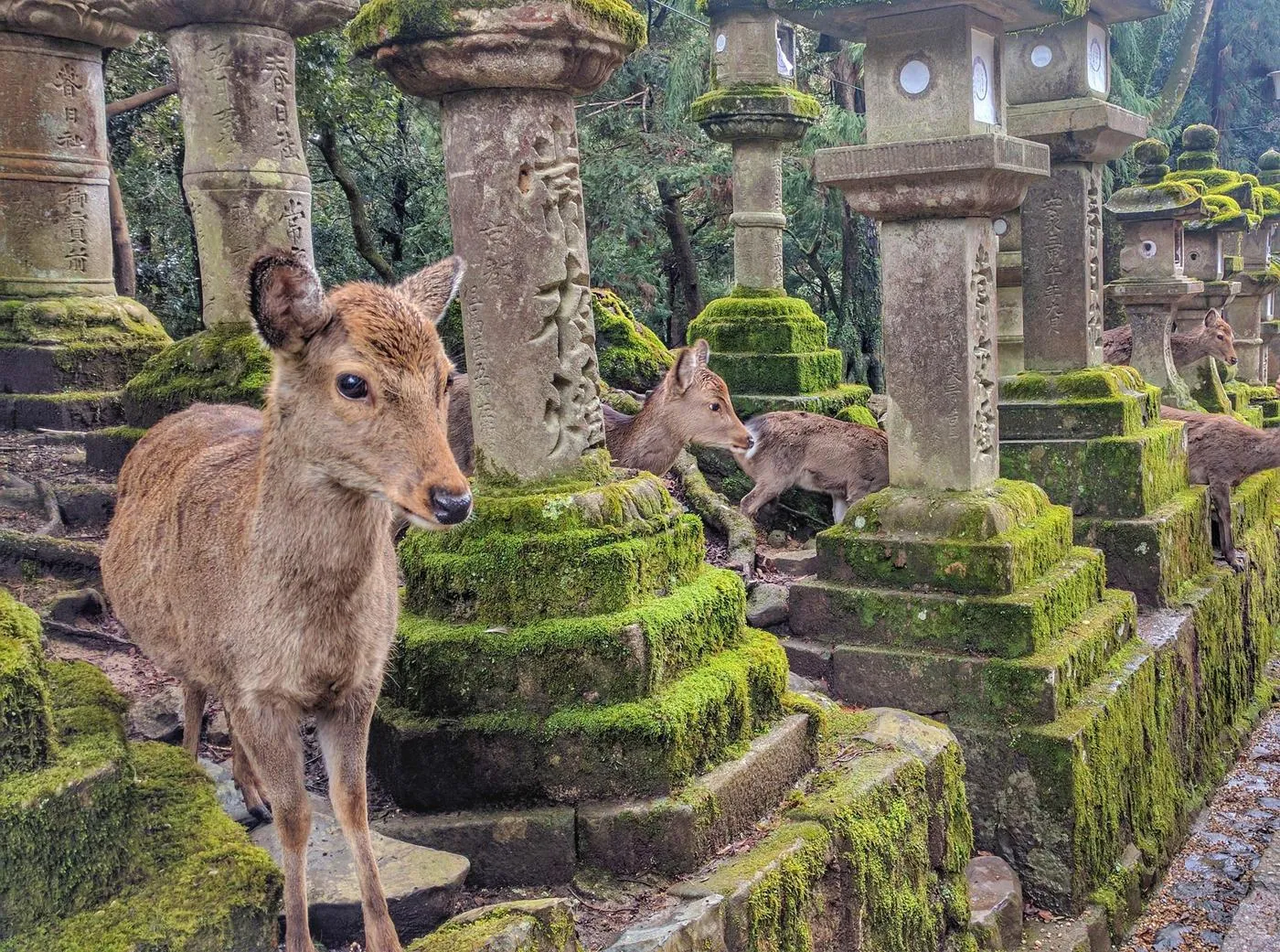
@underground47/reddit.com
Kasuga Taisha Shrine is a must-visit for its stunning architecture and spiritual significance. The city's traditional streets, lined with wooden machiya houses, offer a glimpse into the daily life of ancient Japan. The tranquil Isuien Garden, with its meticulously manicured landscapes, provides a serene retreat.
Dunhuang, China
On the Silk Road’s dusty edge, Dunhuang dazzles with secrets carved into cliffs. From the 4th century CE, the Mogao Caves—nearly 500 of them—burst with Buddhist art: gilded statues, murals of flying apsaras, a kaleidoscope of faith. These caves offer an unparalleled glimpse into the evolution of Buddhist art and the cultural interactions that shaped the region.
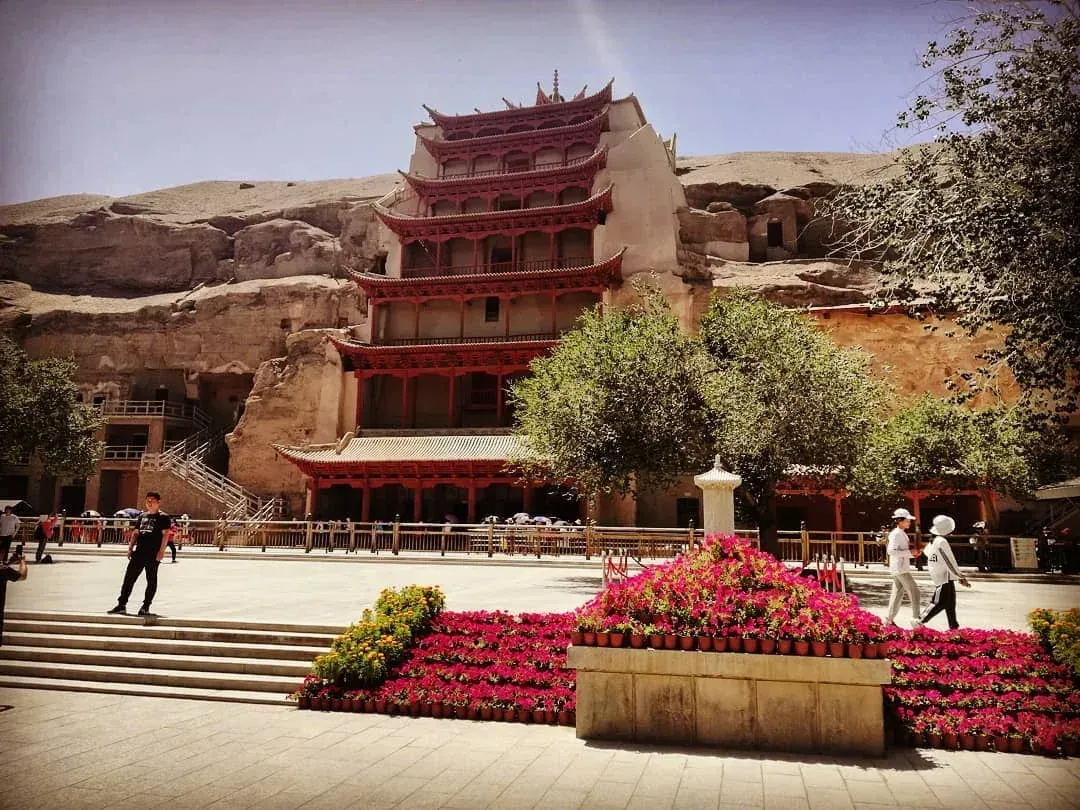
@kief90/reddit.com
The city's strategic location made it a melting pot of cultures, with influences from China, India, and the Middle East. Picture monks and merchants resting here, their camels laden with silk and spice. The city’s oasis shimmered amid deserts, a lifeline for weary souls. Today, its crescent lake and singing dunes frame a surreal beauty.
Pompeii, Italy
Few places in the world capture the haunting beauty of a civilization lost like Pompeii. Buried under volcanic ash when Mount Vesuvius erupted in 79 AD, this ancient Roman city remains eerily well-preserved. Walk through its streets, past lavish villas, grand amphitheaters, and faded frescoes, and you’ll feel as if time itself has paused.
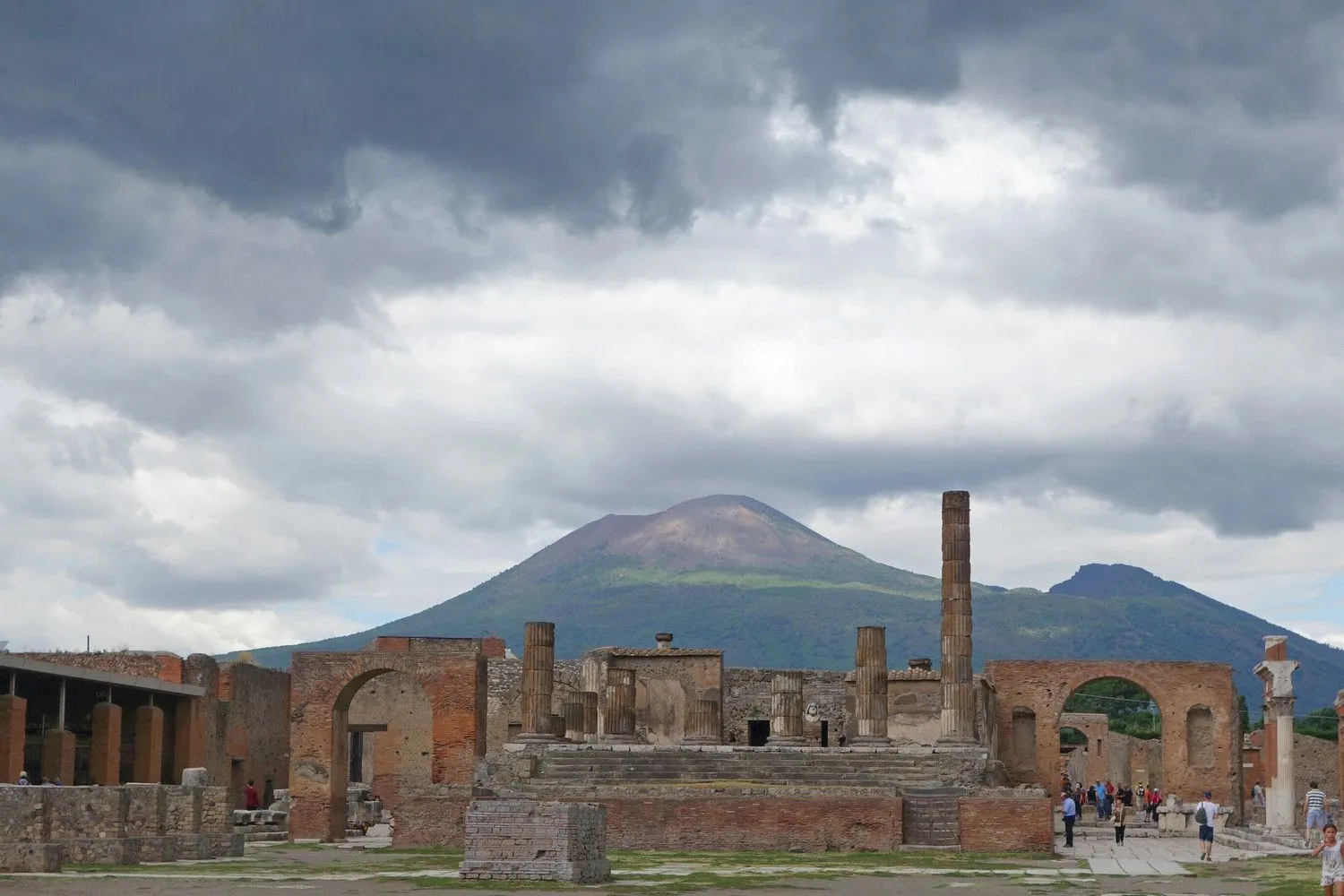
@okmuht/reddit.com
The plaster casts of victims, caught in their final moments, are a poignant reminder of the tragedy that befell the city. Yet, amidst the sorrow, there is an unparalleled sense of connection to the past—Pompeii is not merely ruins but a vivid snapshot of Roman life frozen in time.
Jericho, Palestine
Often referred to as the oldest city in the world, Jericho is a vibrant timeline of human habitation spanning over 10,000 years. It’s a cradle of civilization where mud-brick walls rose before the pyramids dreamed of stone. This oasis in the Jordan Valley was a lifeline for ancient caravans.
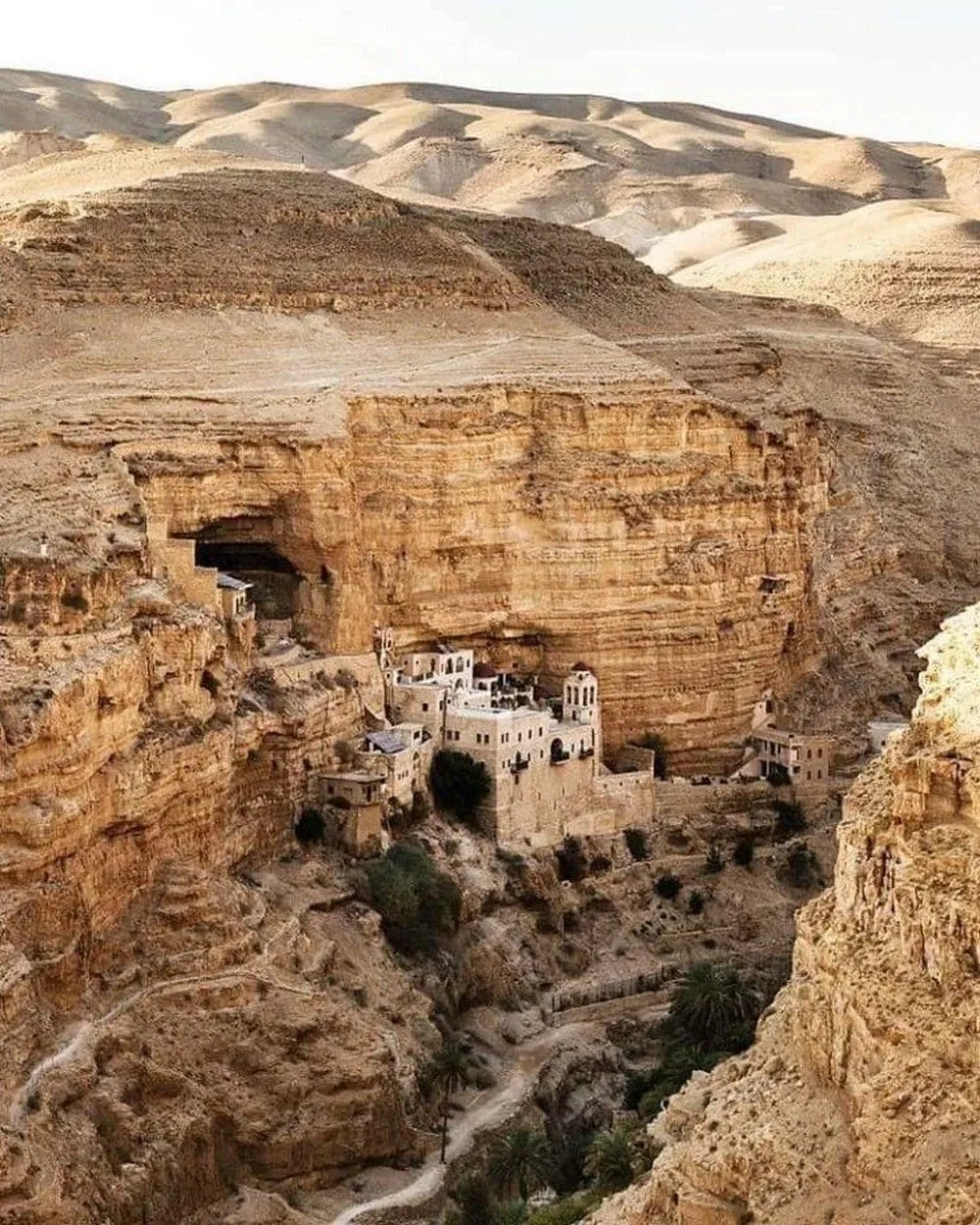
@Majestic-Point777/reddit.com
By 1200 BCE, biblical trumpets supposedly tumbled its fortifications, a tale echoing through time. Wander its layers—Hisham’s Palace dazzles with Umayyad mosaics, while Tel es-Sultan’s ancient ramparts defy erosion. The Mount of Temptation looms overhead, where Jesus fasted, its cliffs pierced by monasteries like eagle nests.
Mohenjo-daro, Pakistan
Mohenjo-daro, a Sindhi phrase translating to "Mound of the Dead," stands as an archaeological enigma. This ancient city thrived around 2500 BCE and stands out for its remarkable city planning. Mohenjo-daro reveals an organized grid layout, with streets intersecting at right angles and evidence of zoning for residential and public areas.
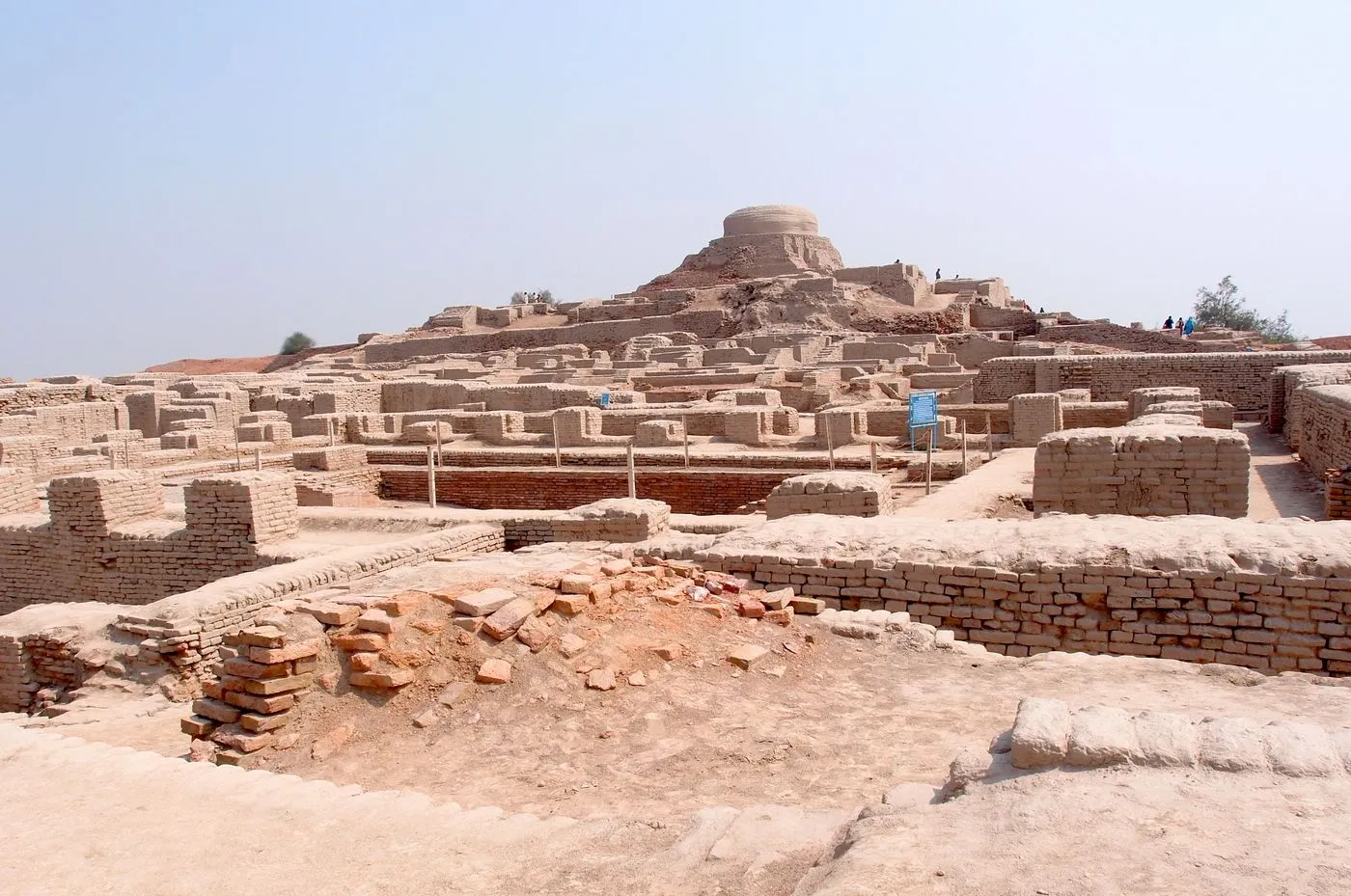
@eternalkerri/reddit.com
One of the most iconic structures at Mohenjo-daro is the Great Bath, a large, rectangular water tank. Nearby, the ruins of granaries, assembly halls, and residential buildings paint a picture of a highly functional urban society. What remains a mystery is the absence of monumental temples or palaces—suggesting a society that valued collective welfare over central authority.
Su Nuraxi di Barumini, Italy
Su Nuraxi di Barumini dates back to the 17th century BCE and is centered around a nuraghe—a unique type of megalithic structure found only in Sardinia. The heart of Su Nuraxi is its central tower, originally standing at an impressive height of 18.6 meters, constructed from basalt blocks.
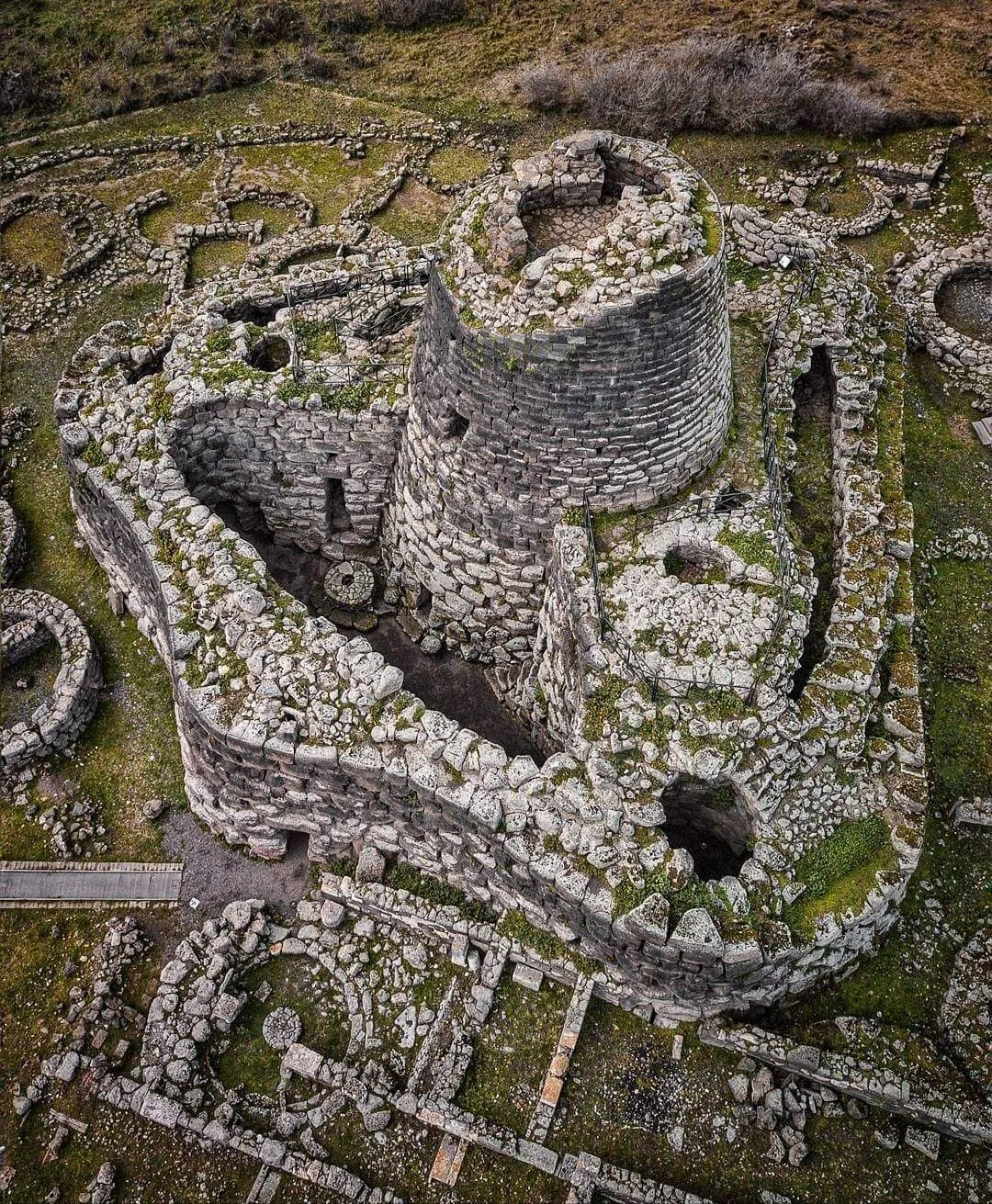
@Prisencolinensinai/reddit.com
The purpose of the nuraghe remains a topic of debate among historians. Some believe it served as a fortress, while others suggest it had religious or social significance. The site also reveals evidence of a complex society, with structures that may have been used for communal gatherings or rituals.